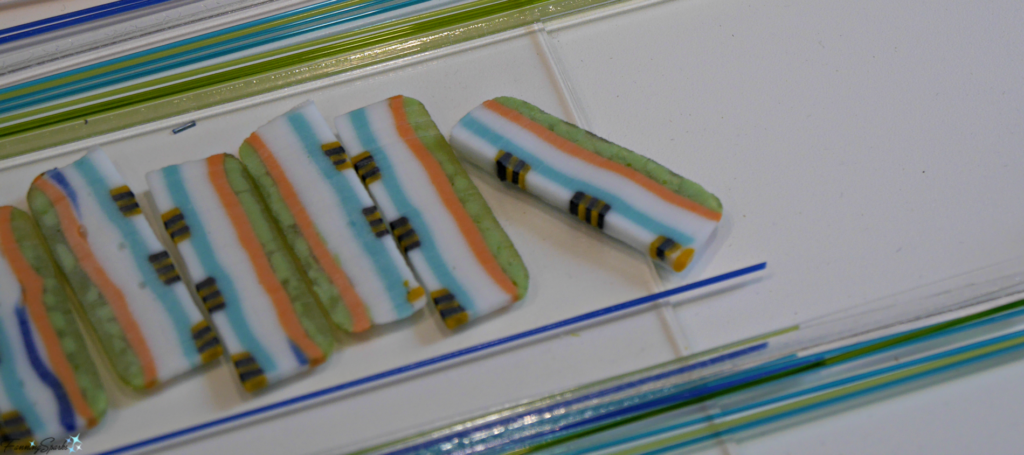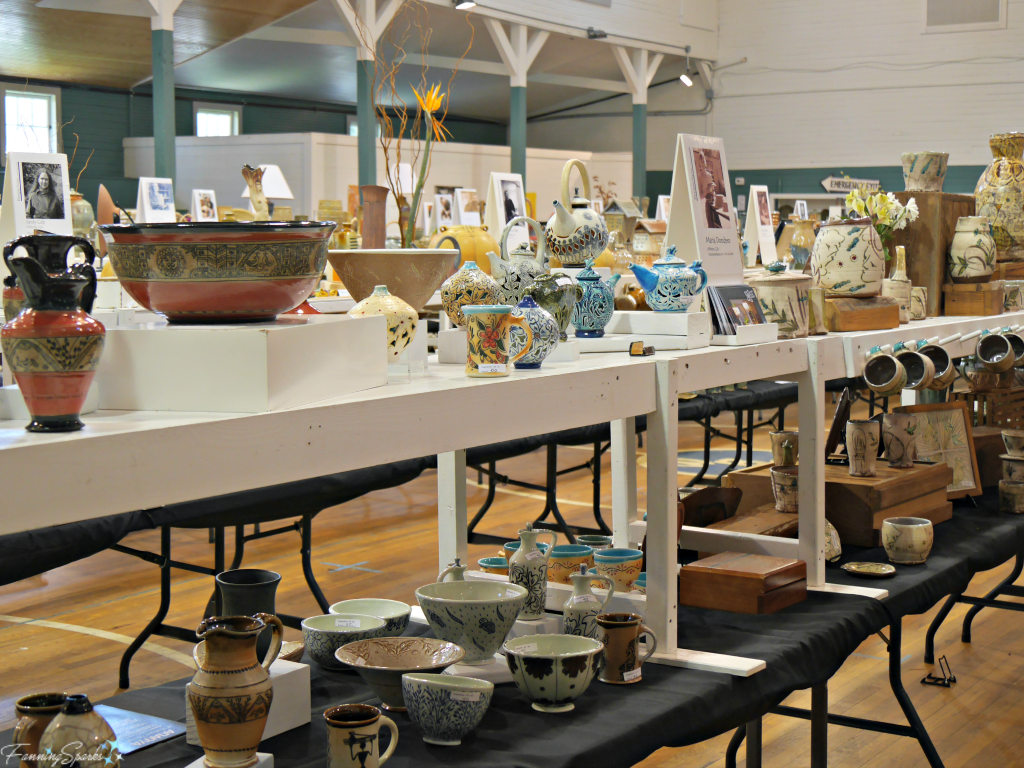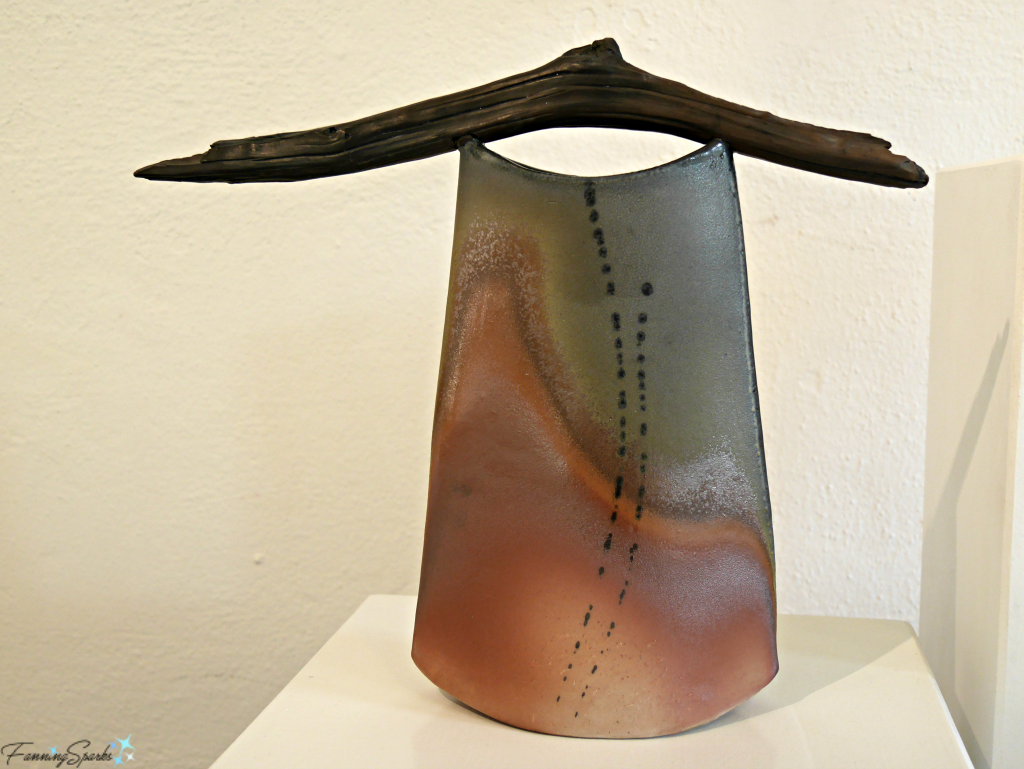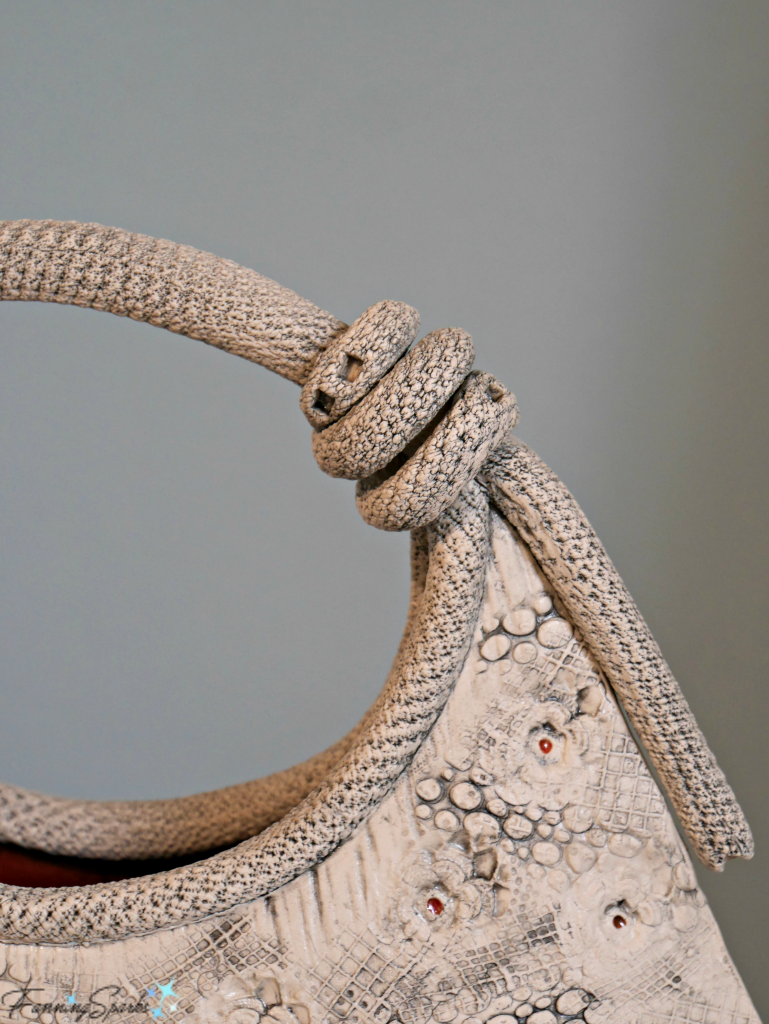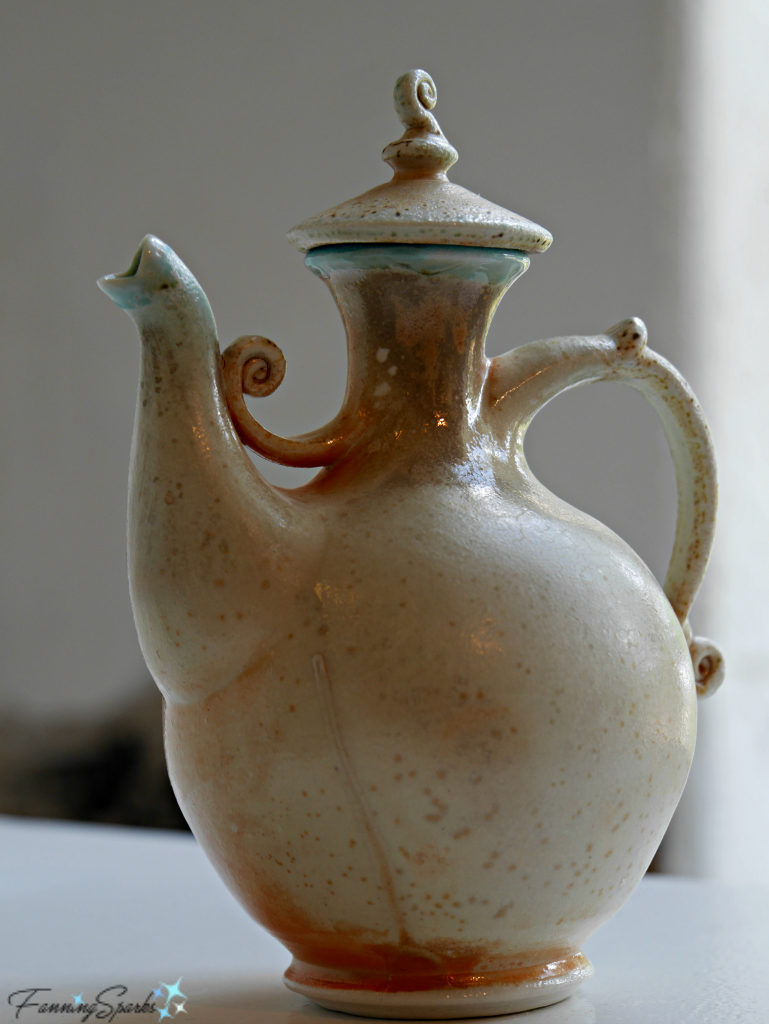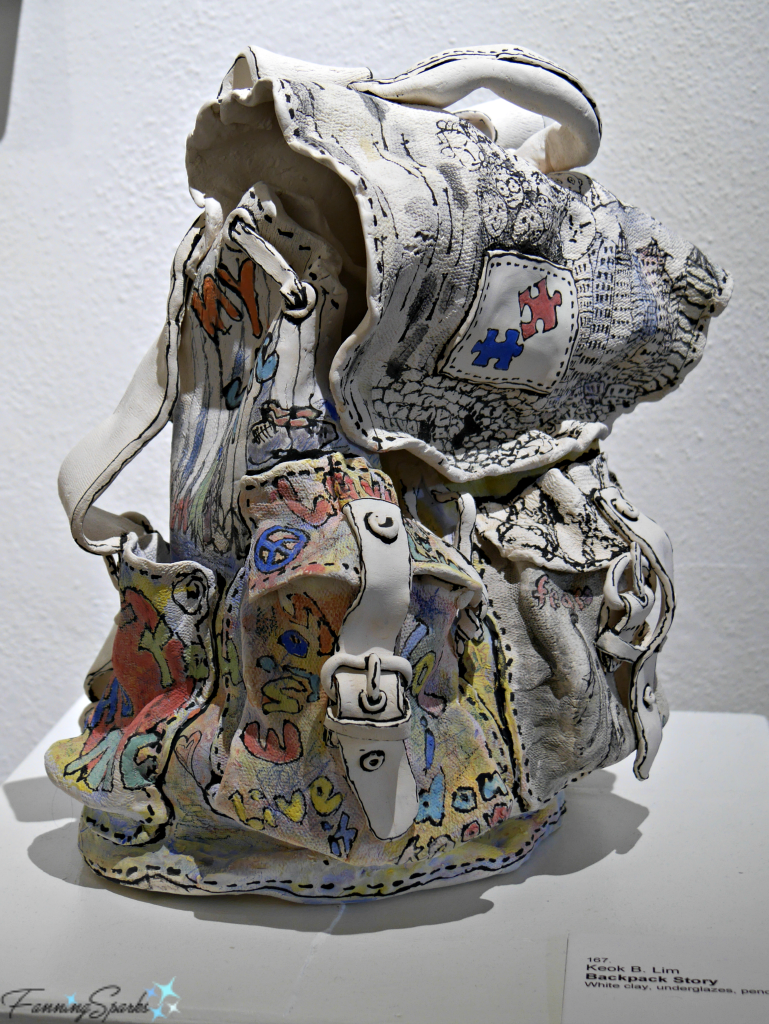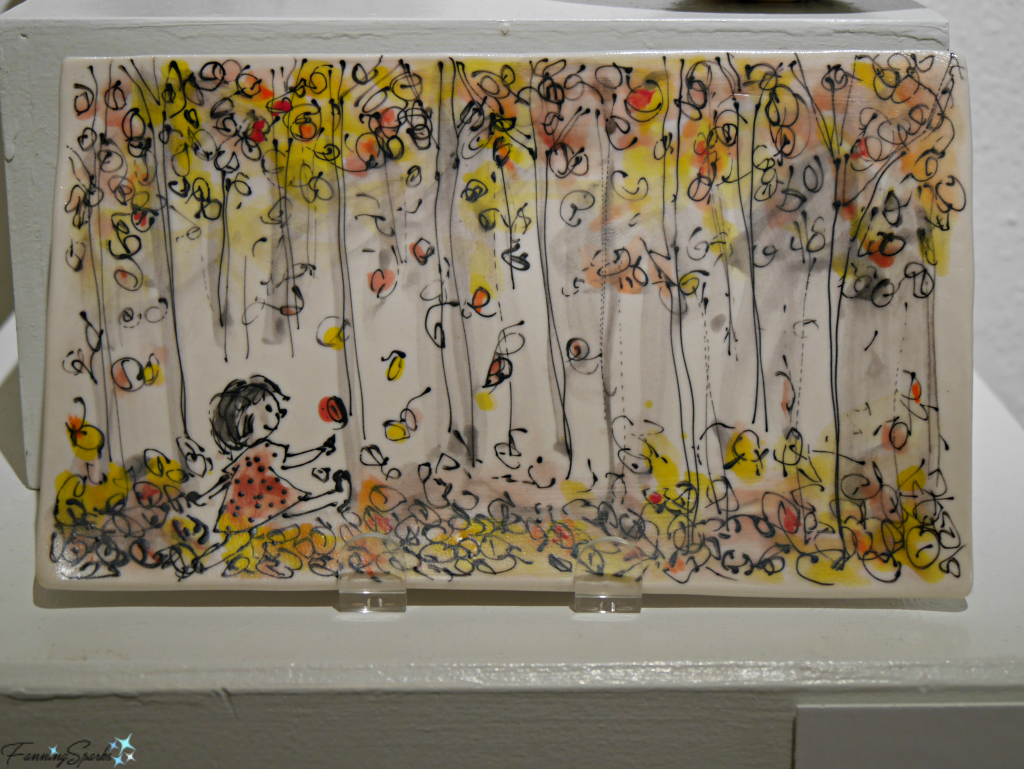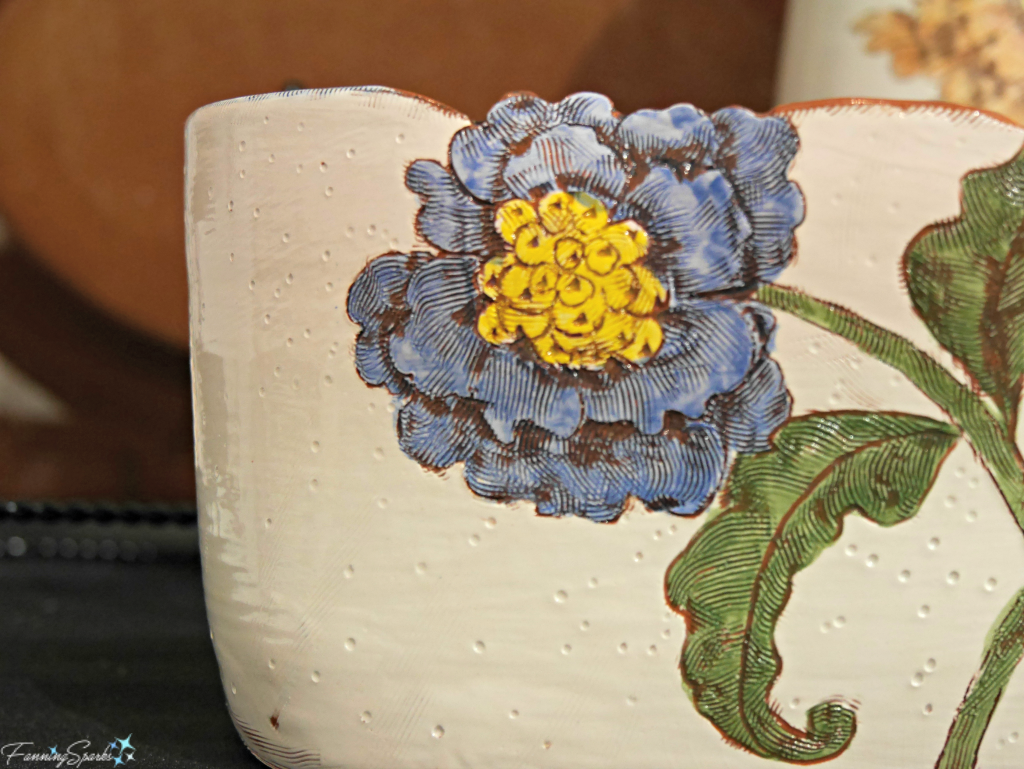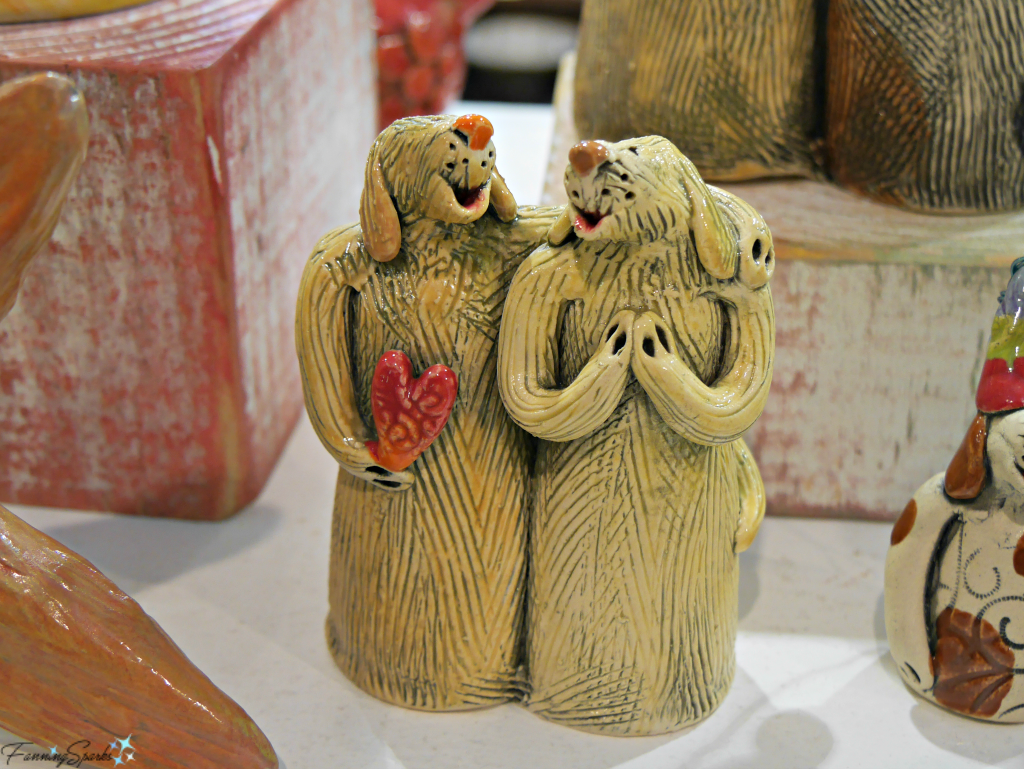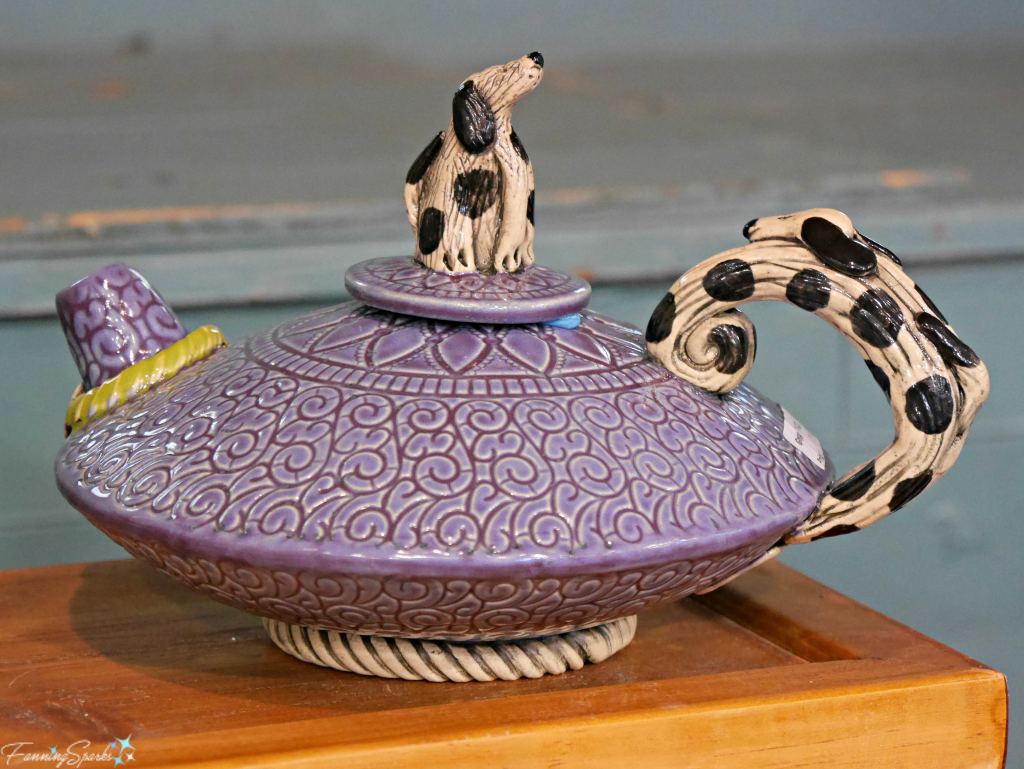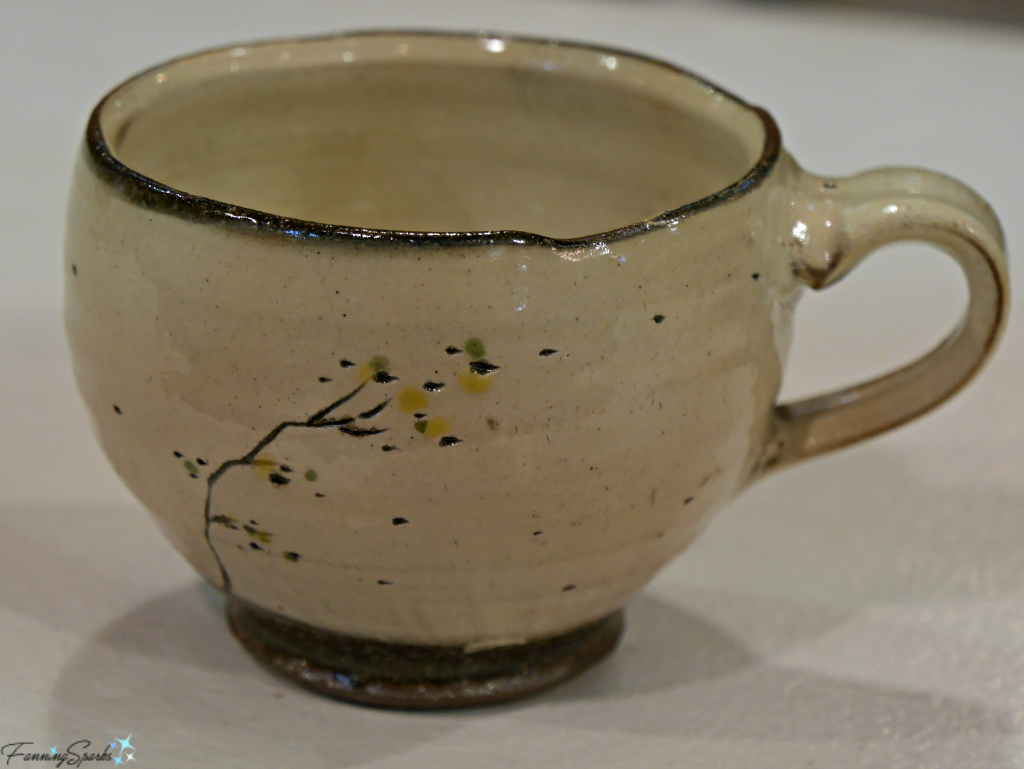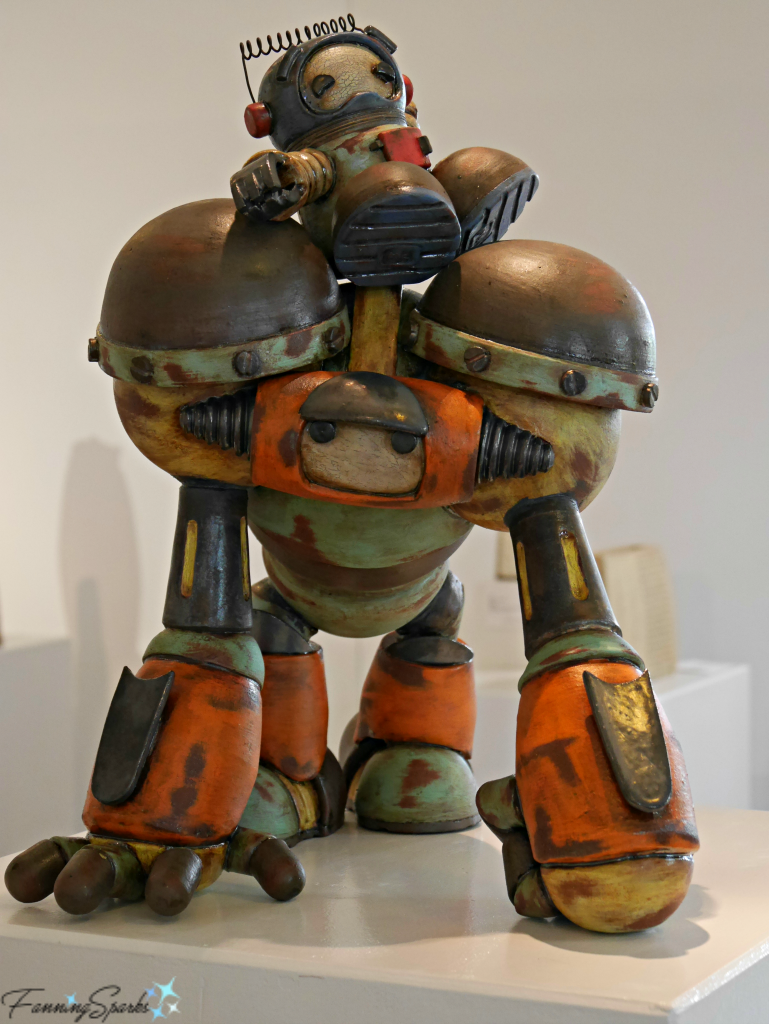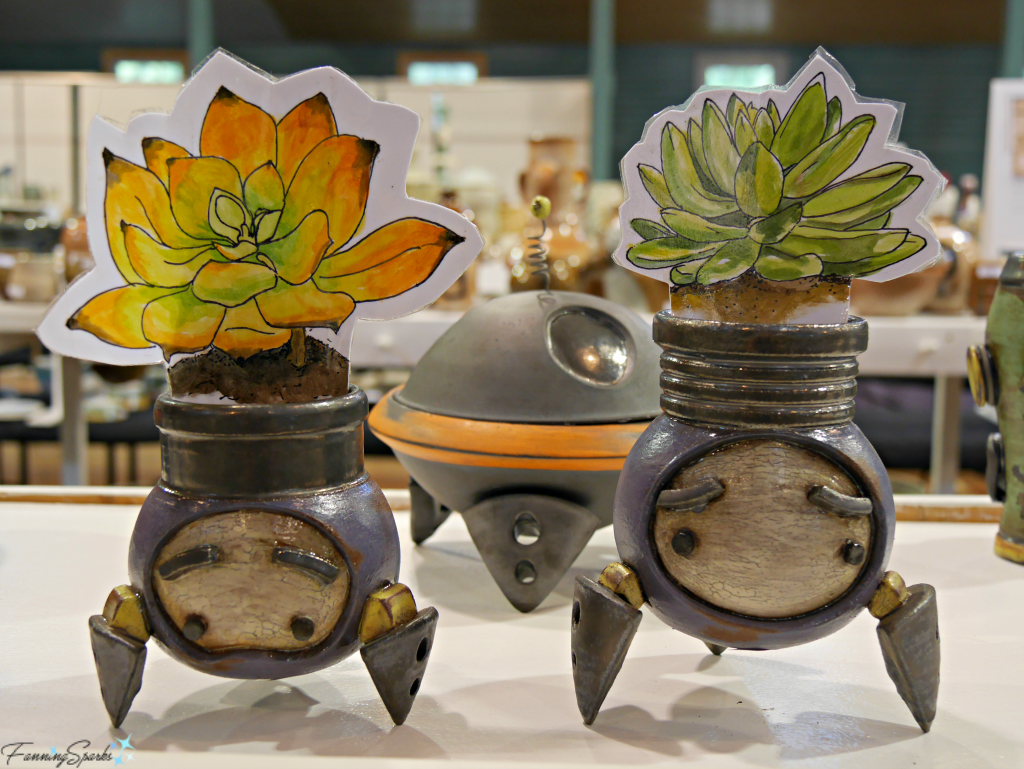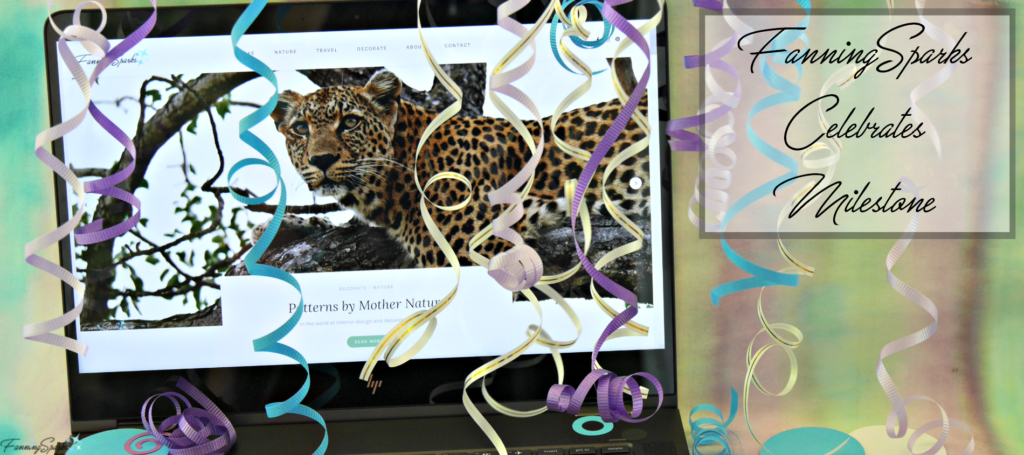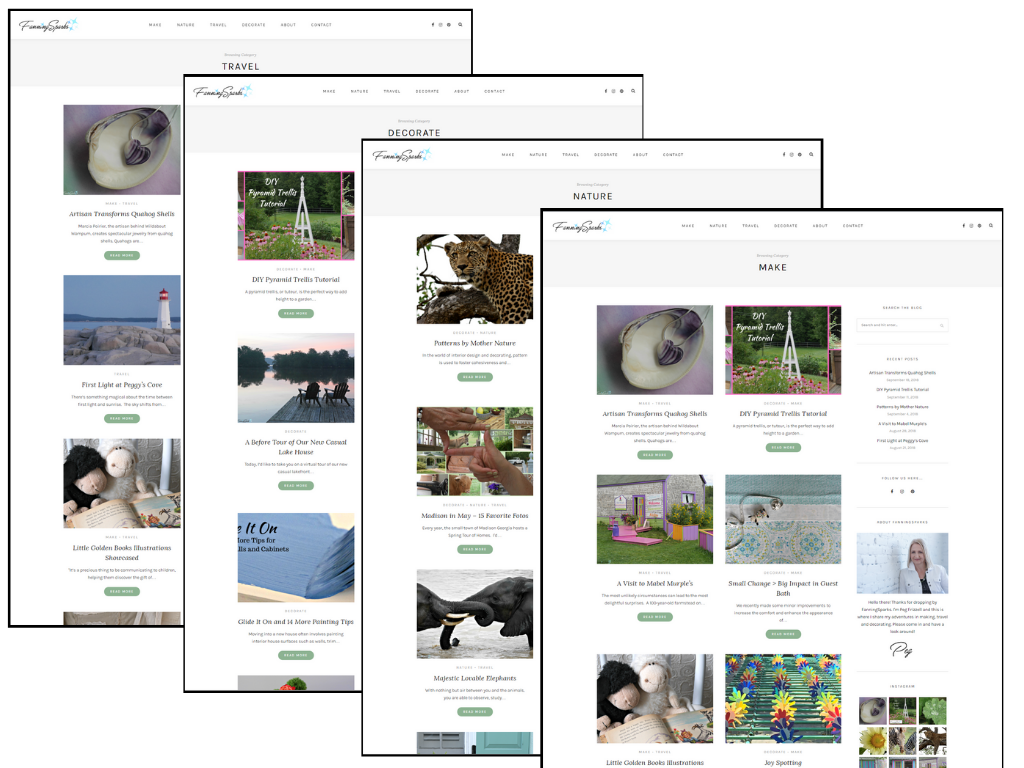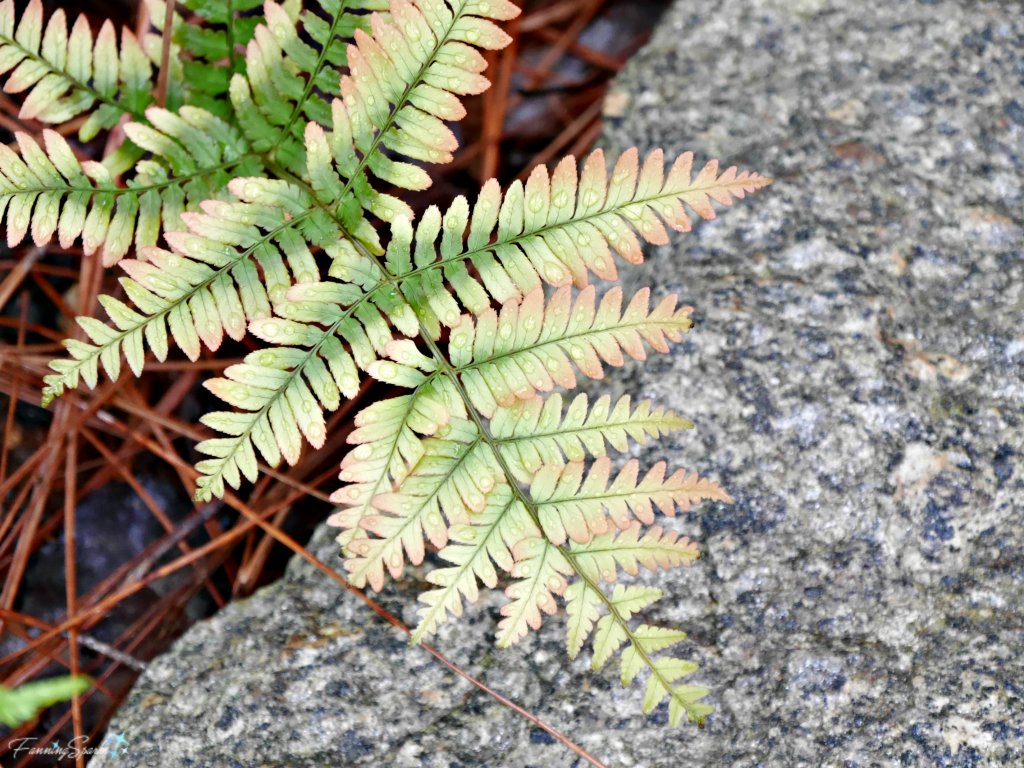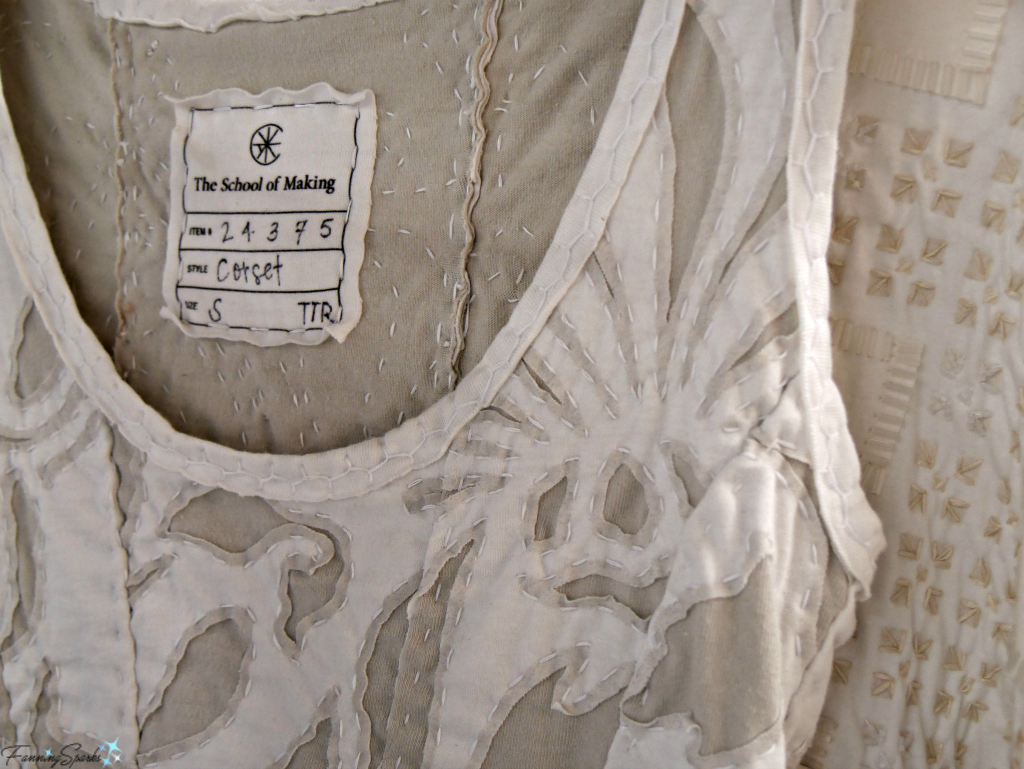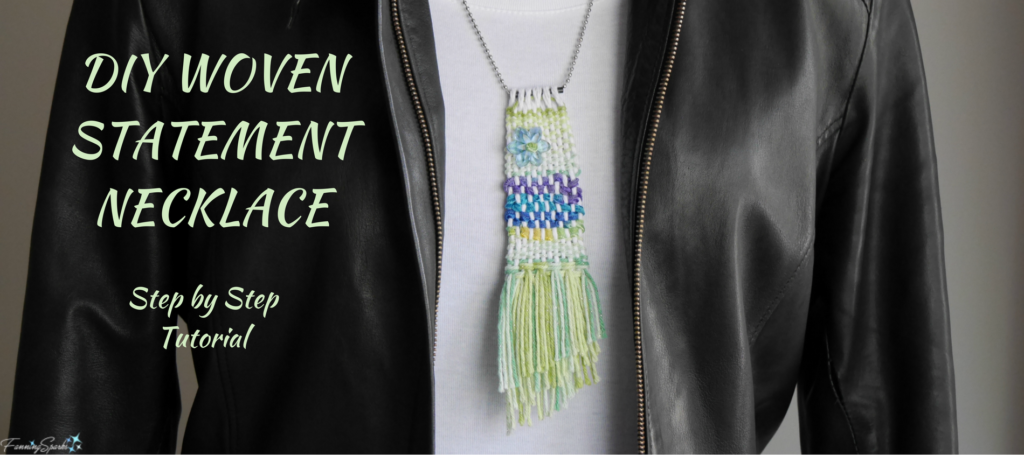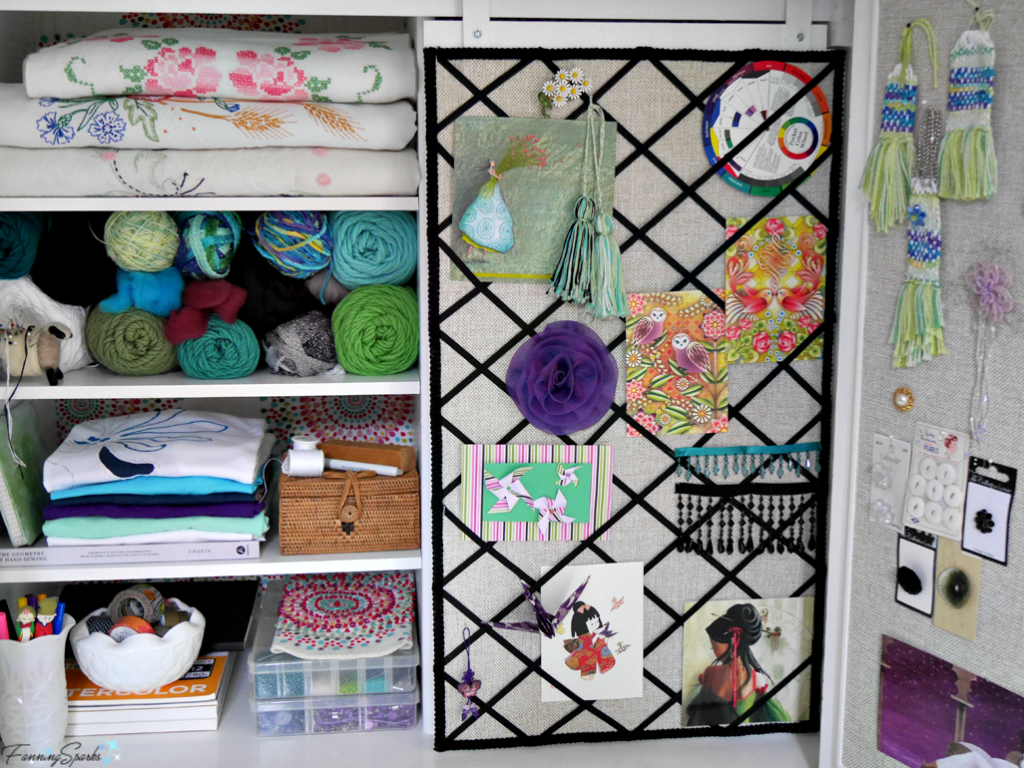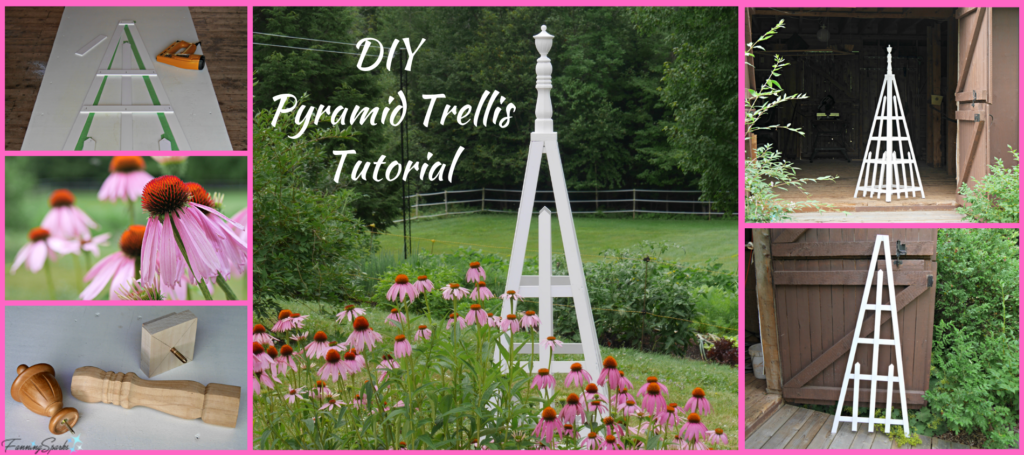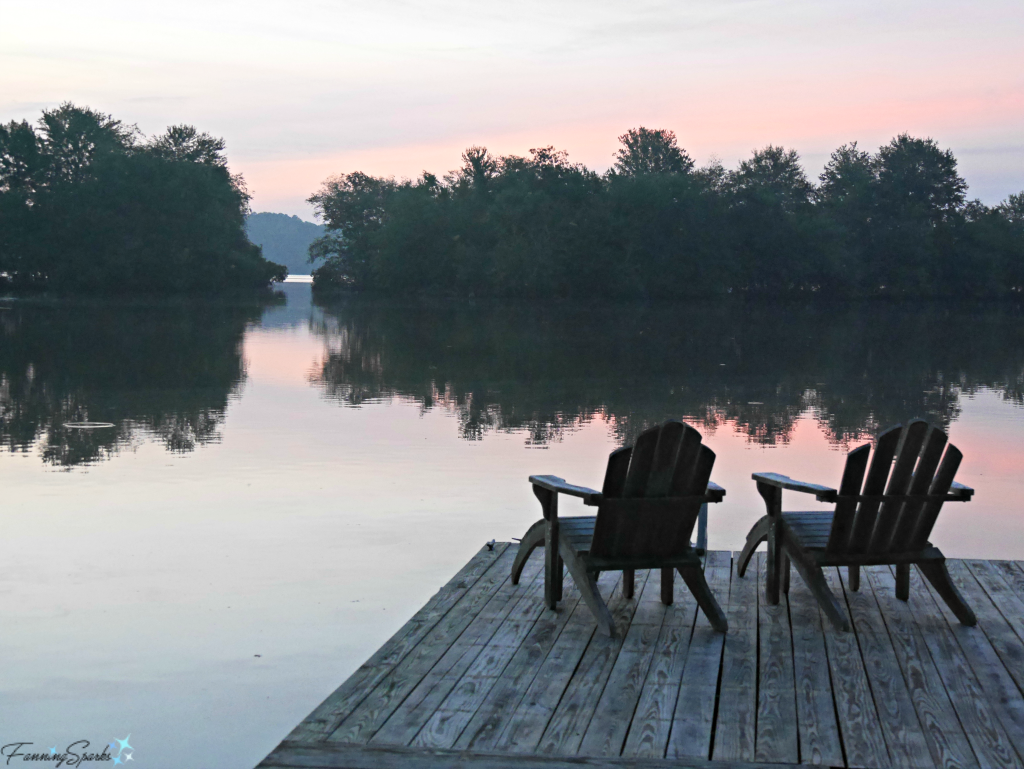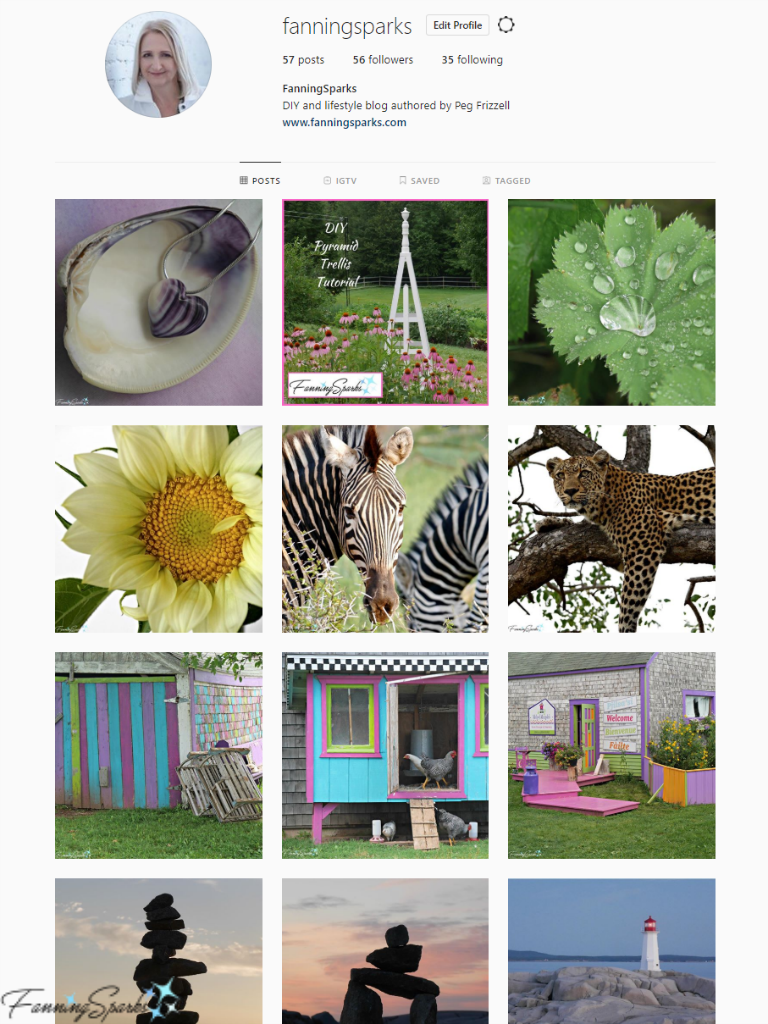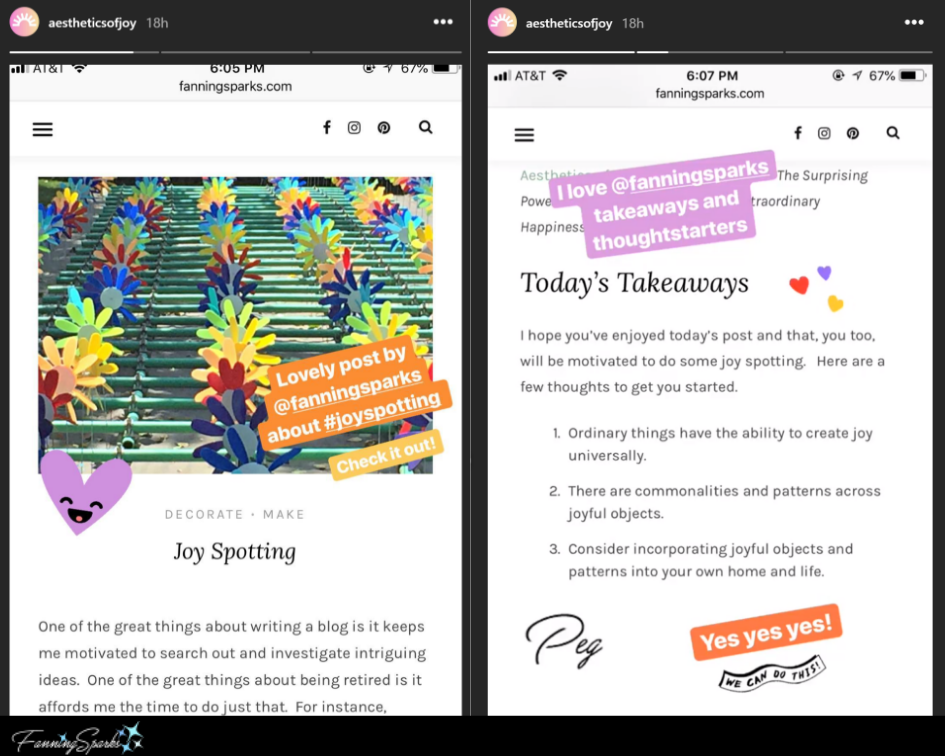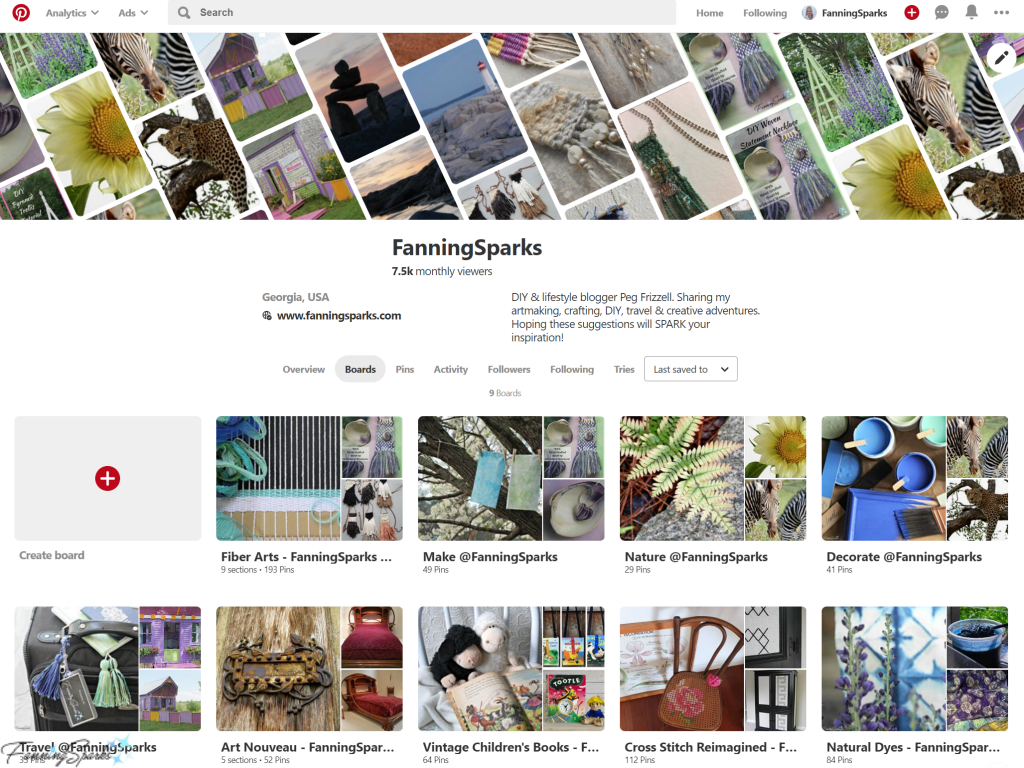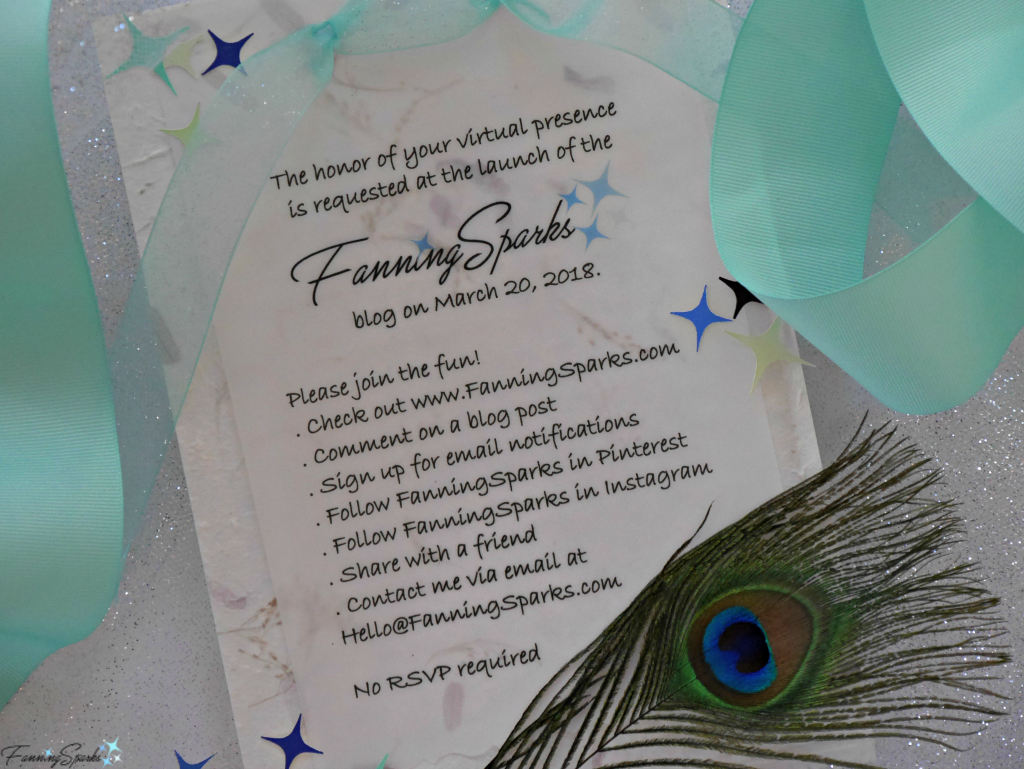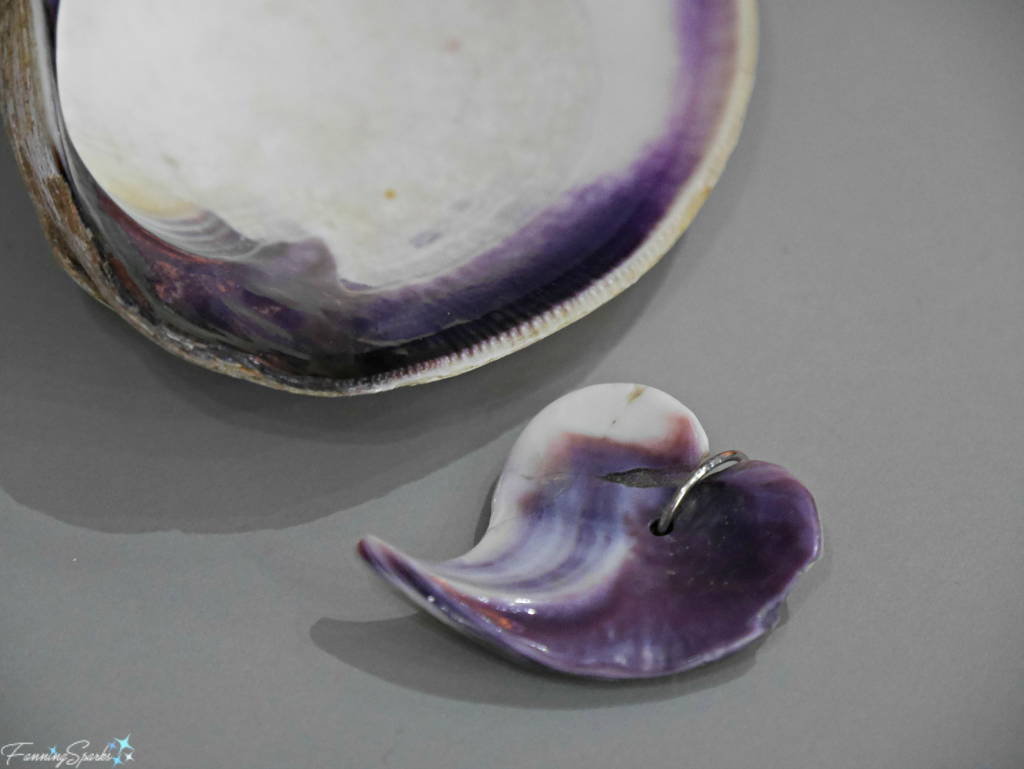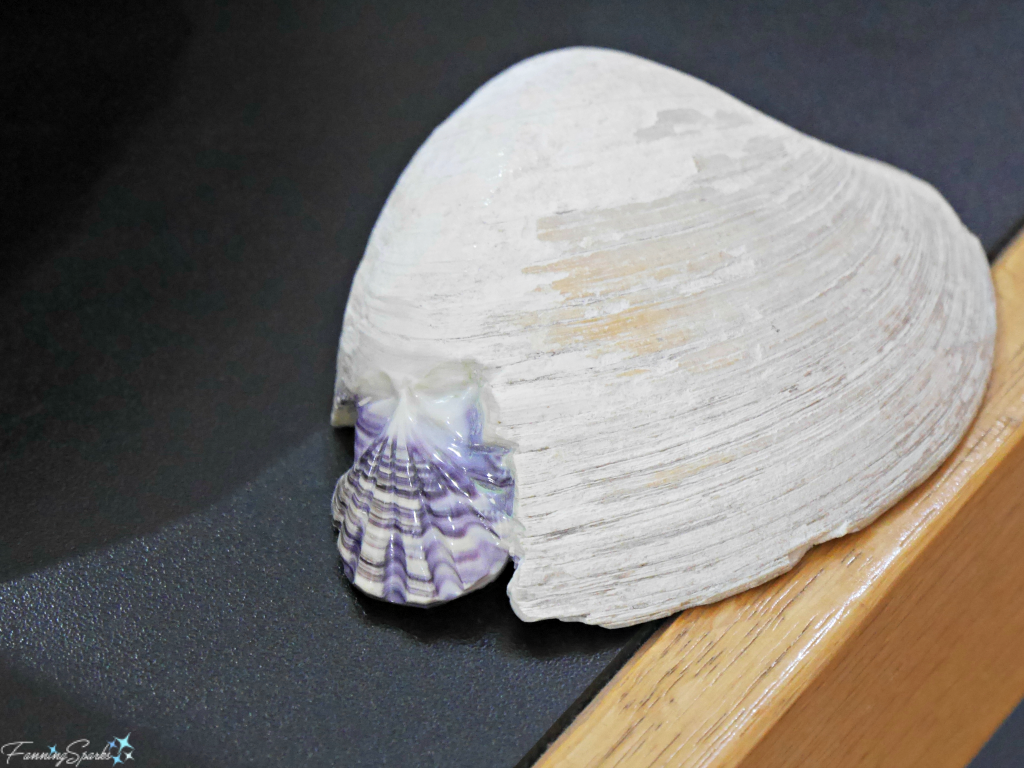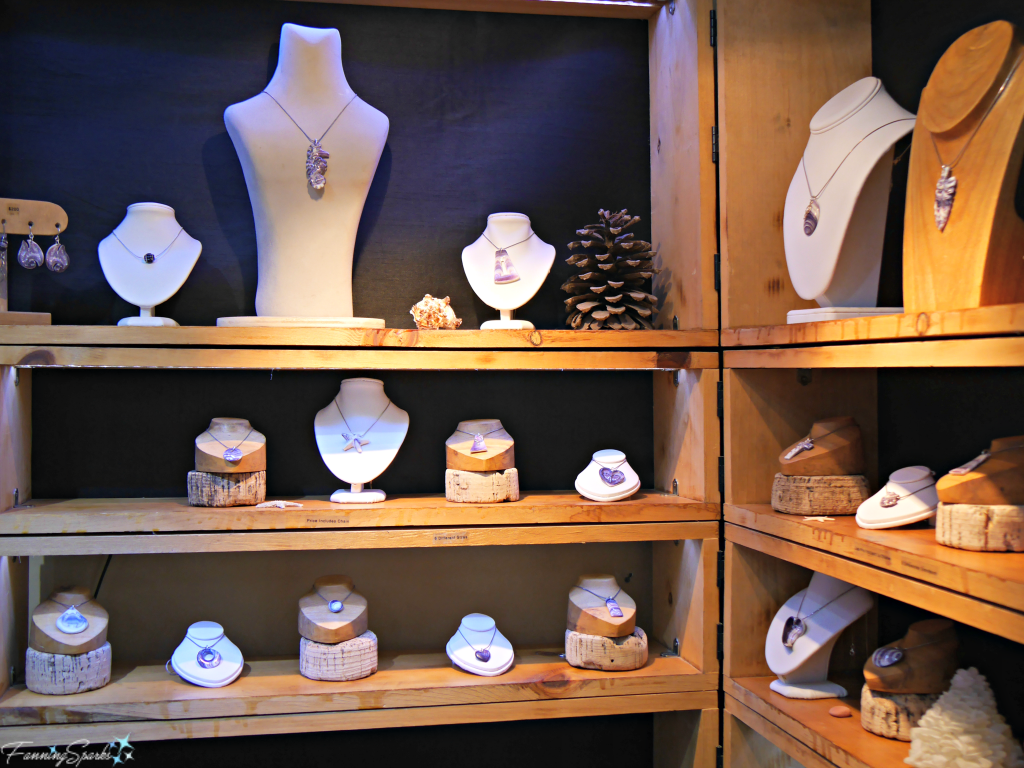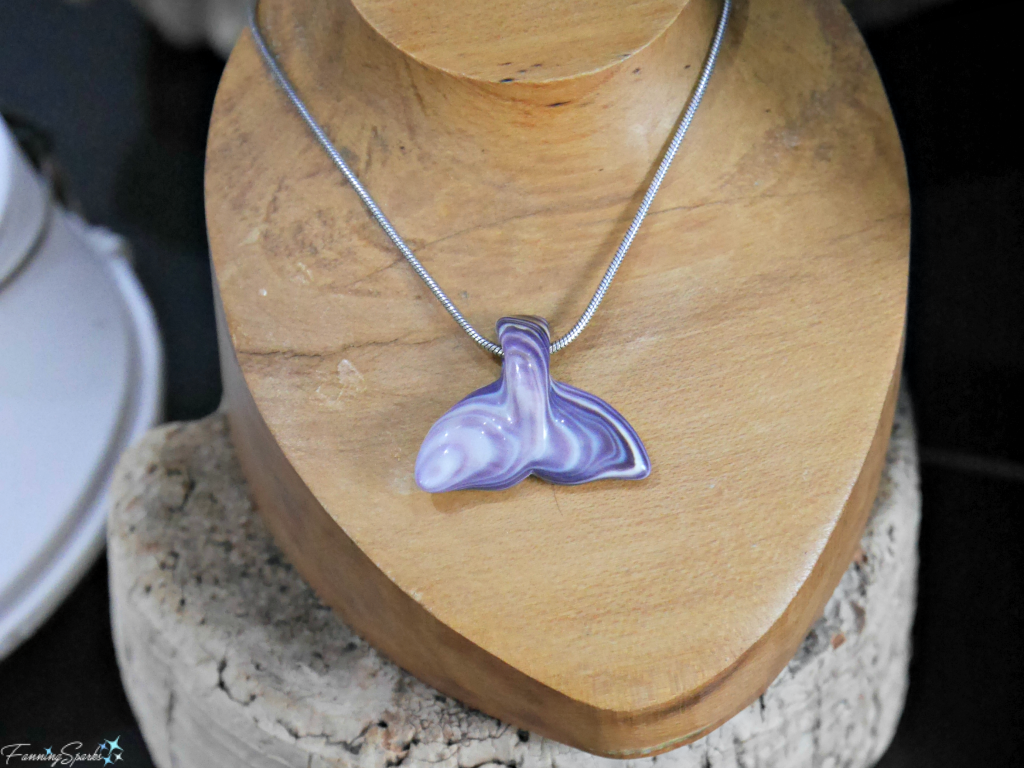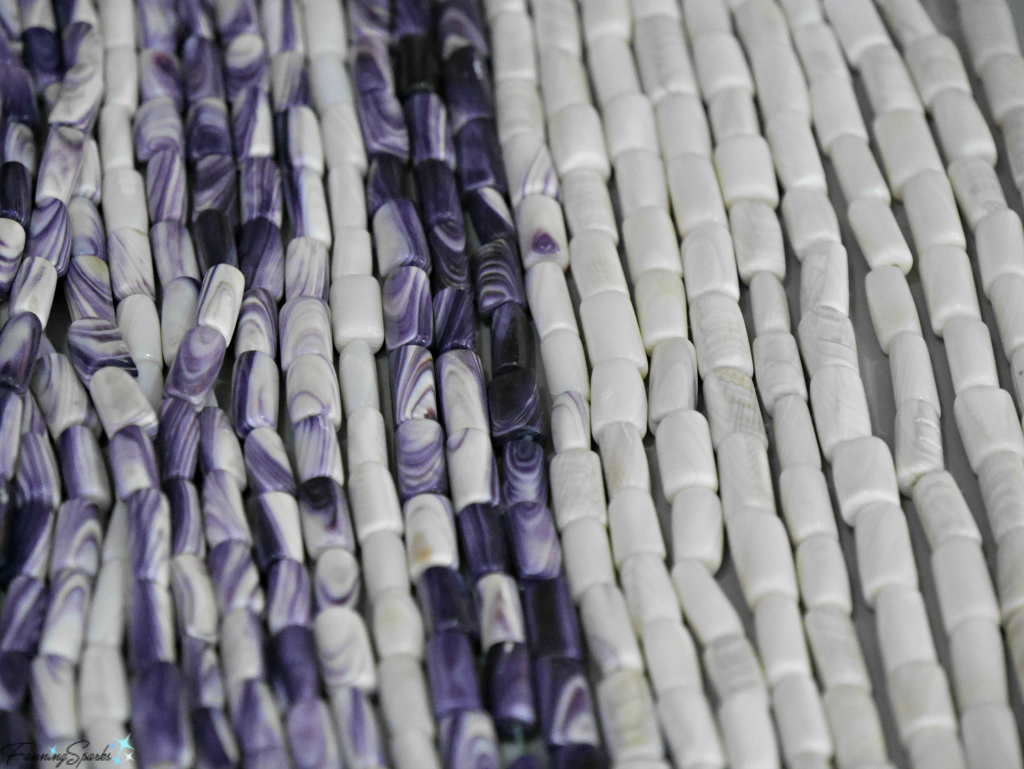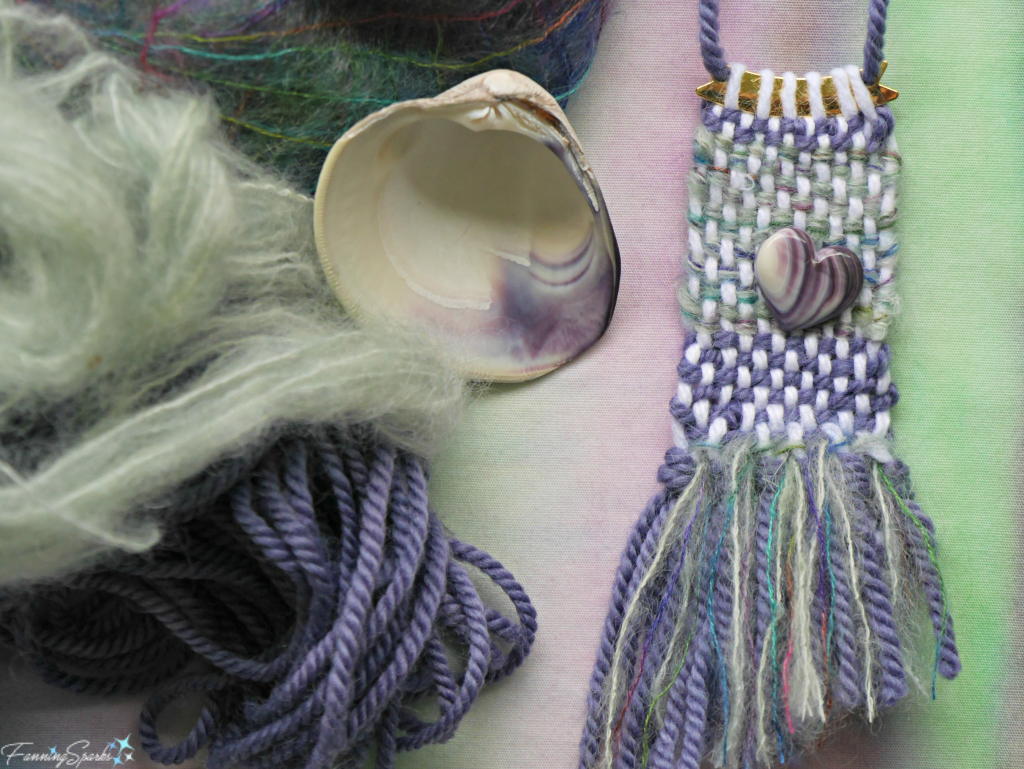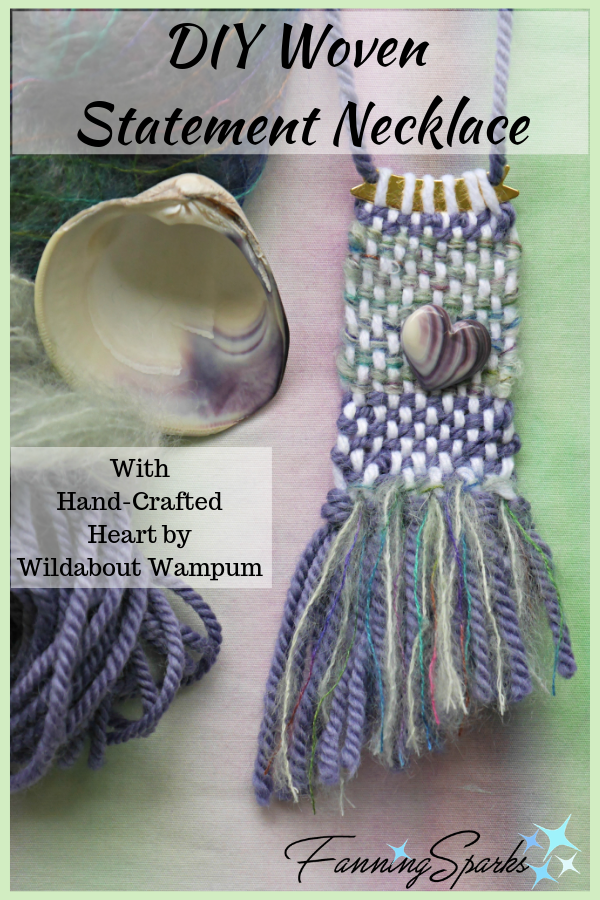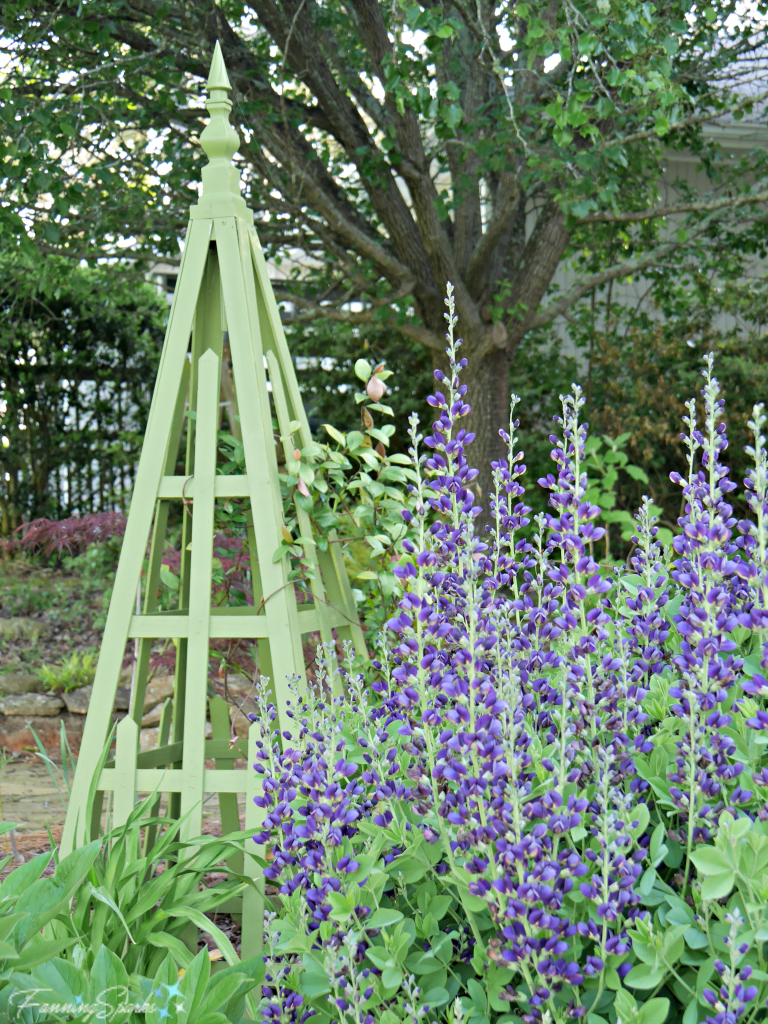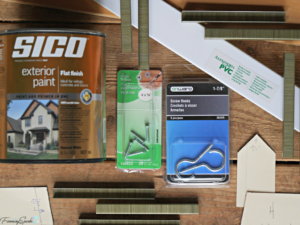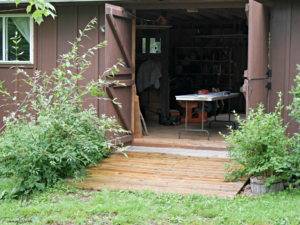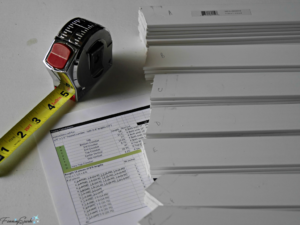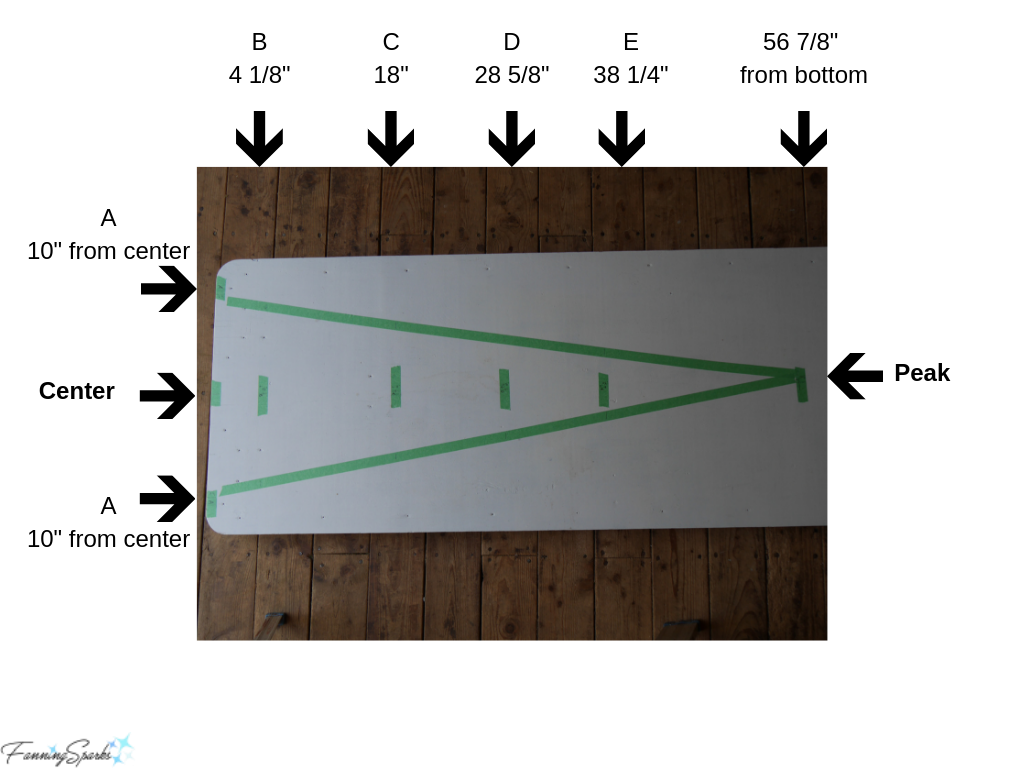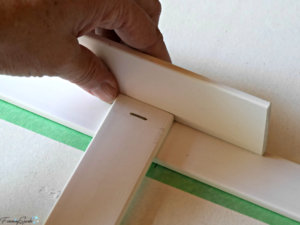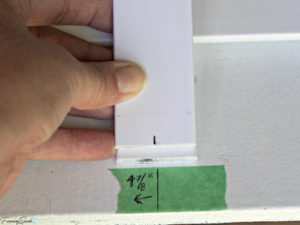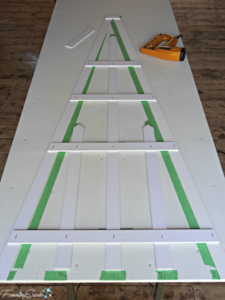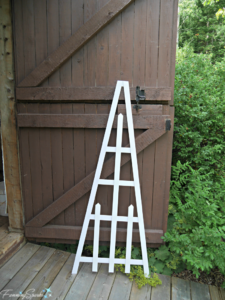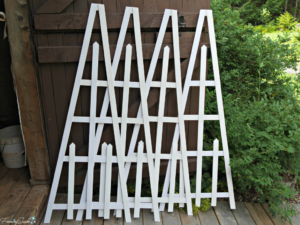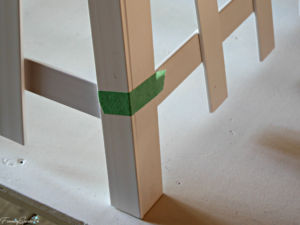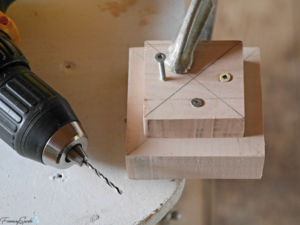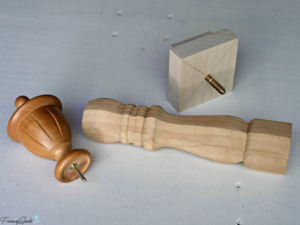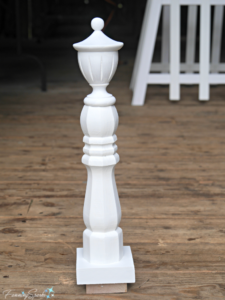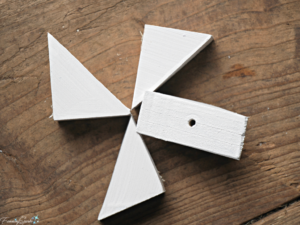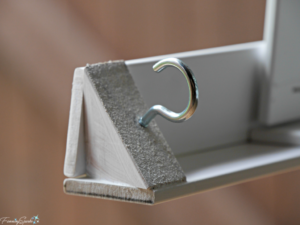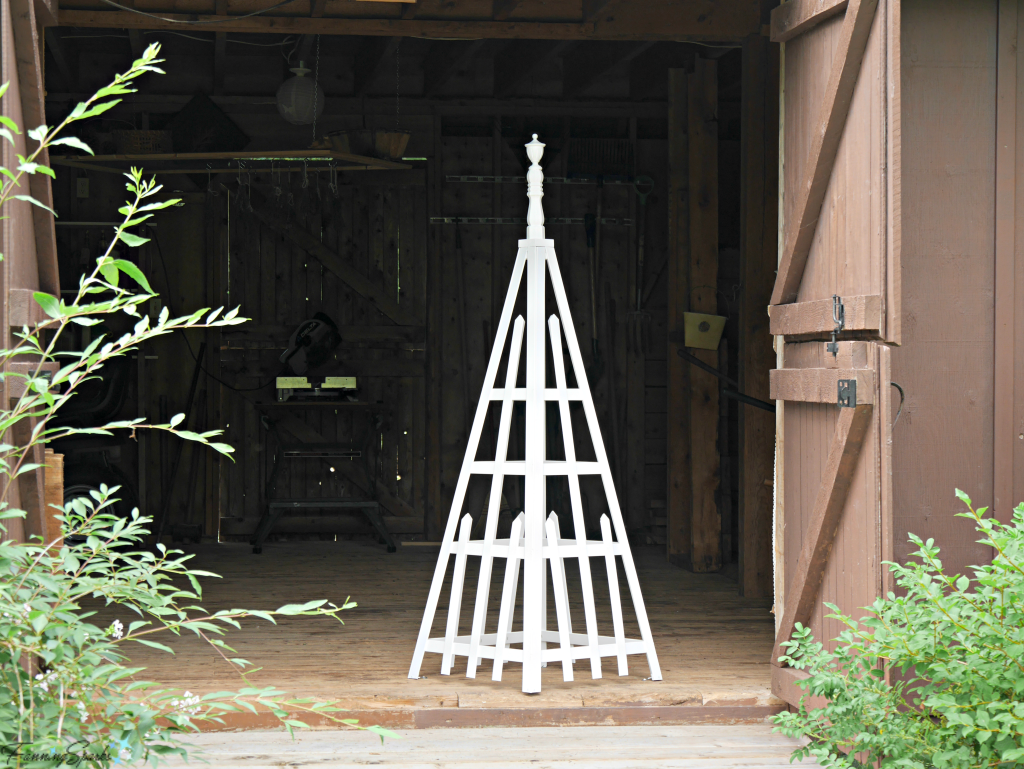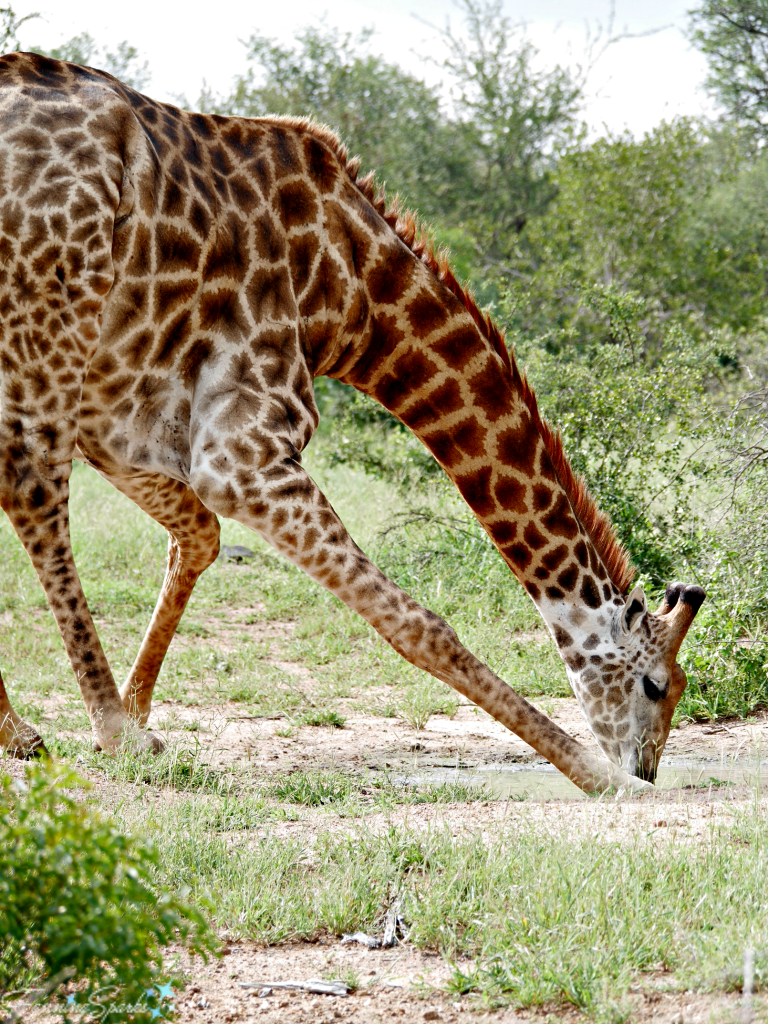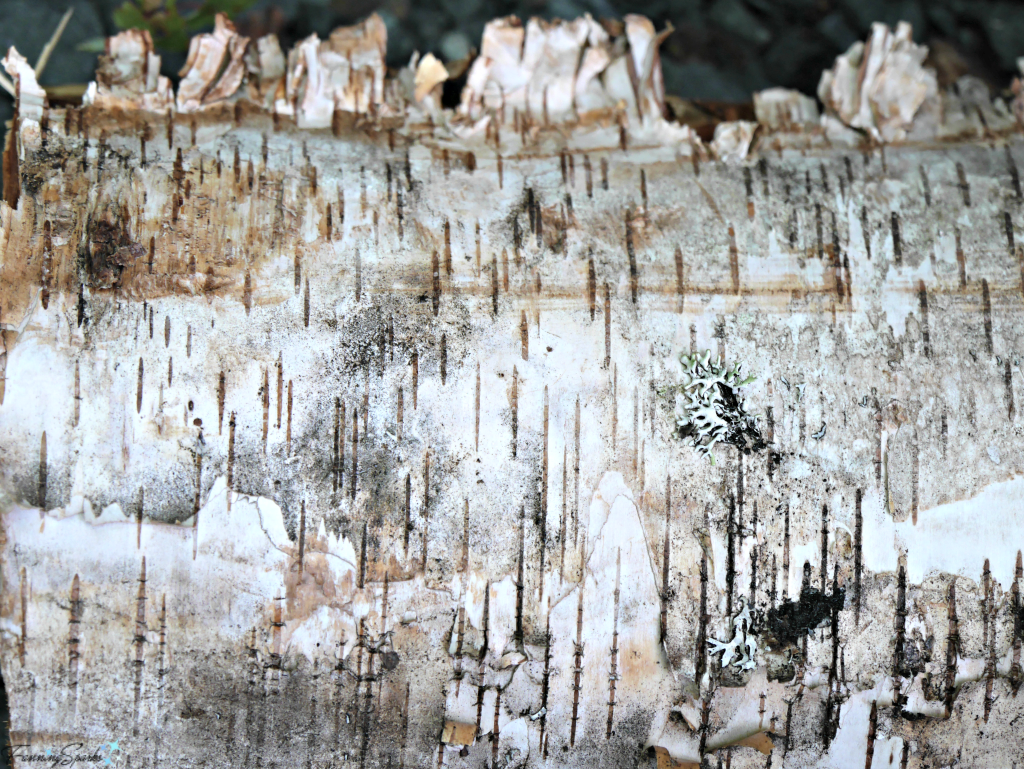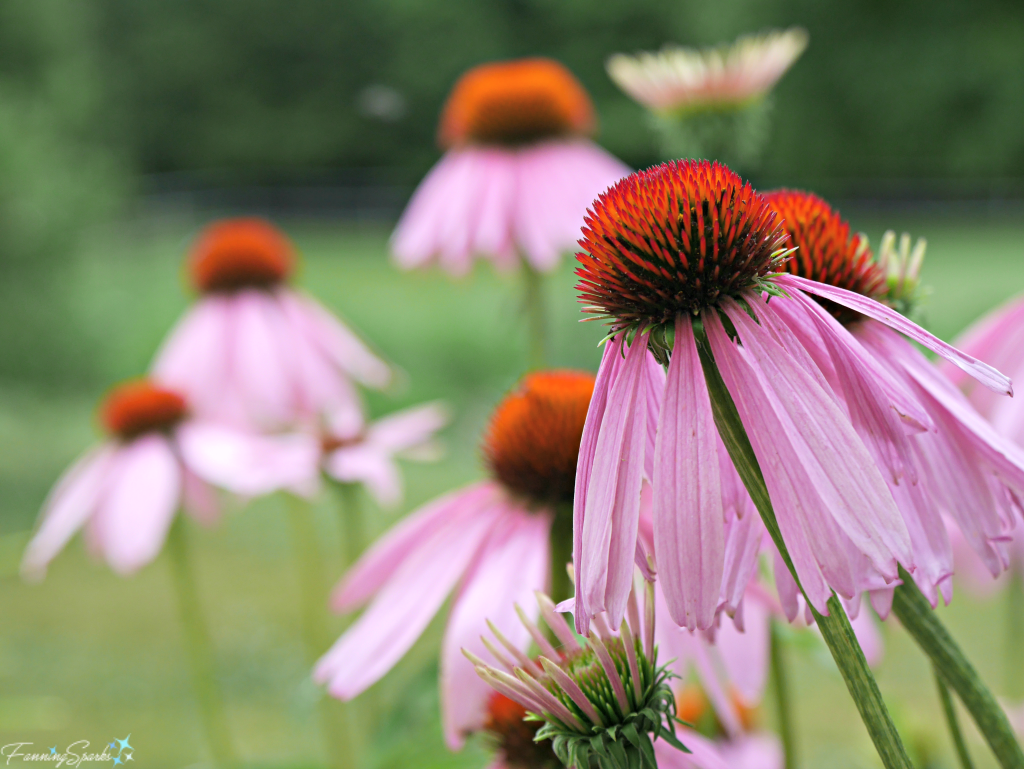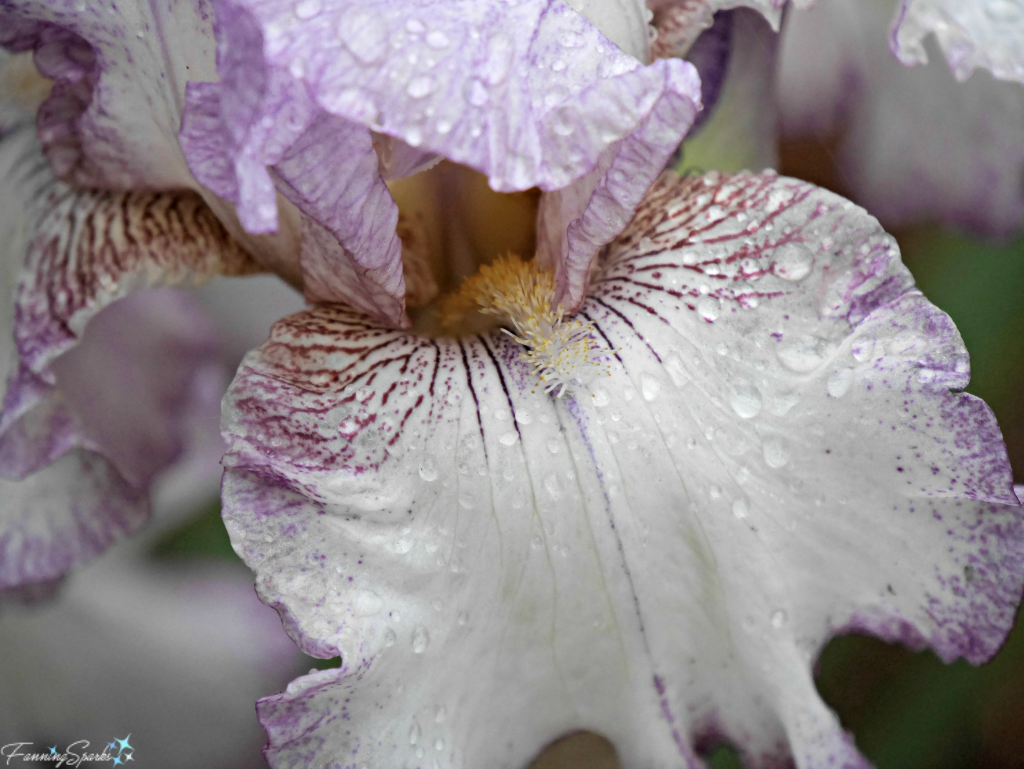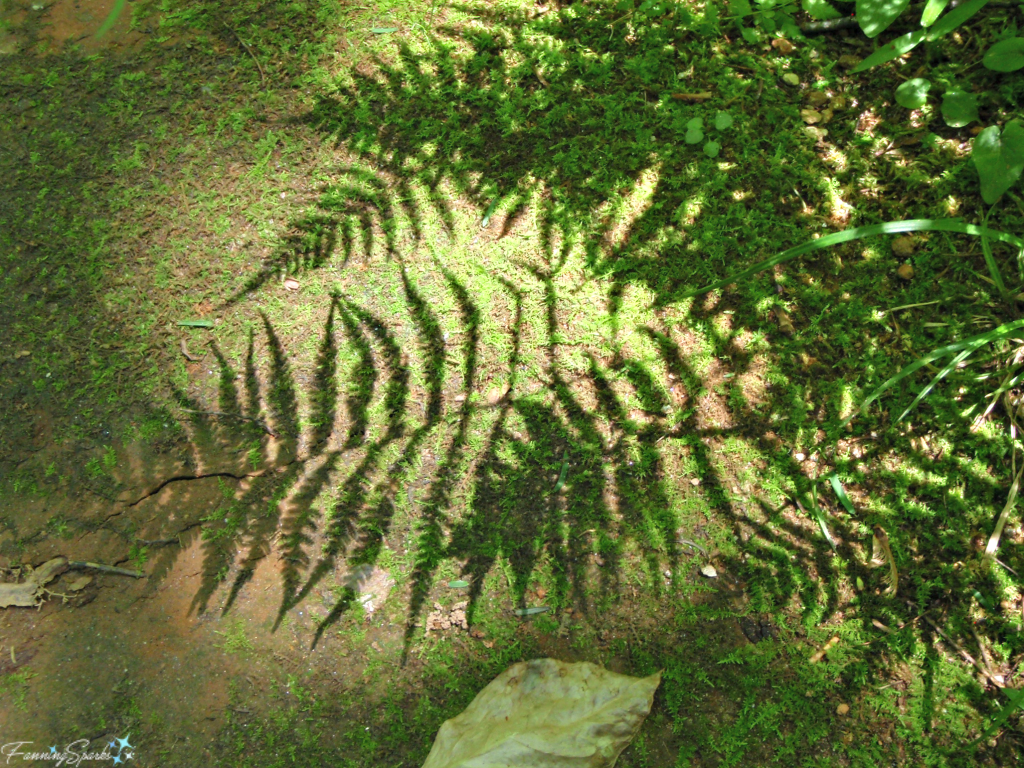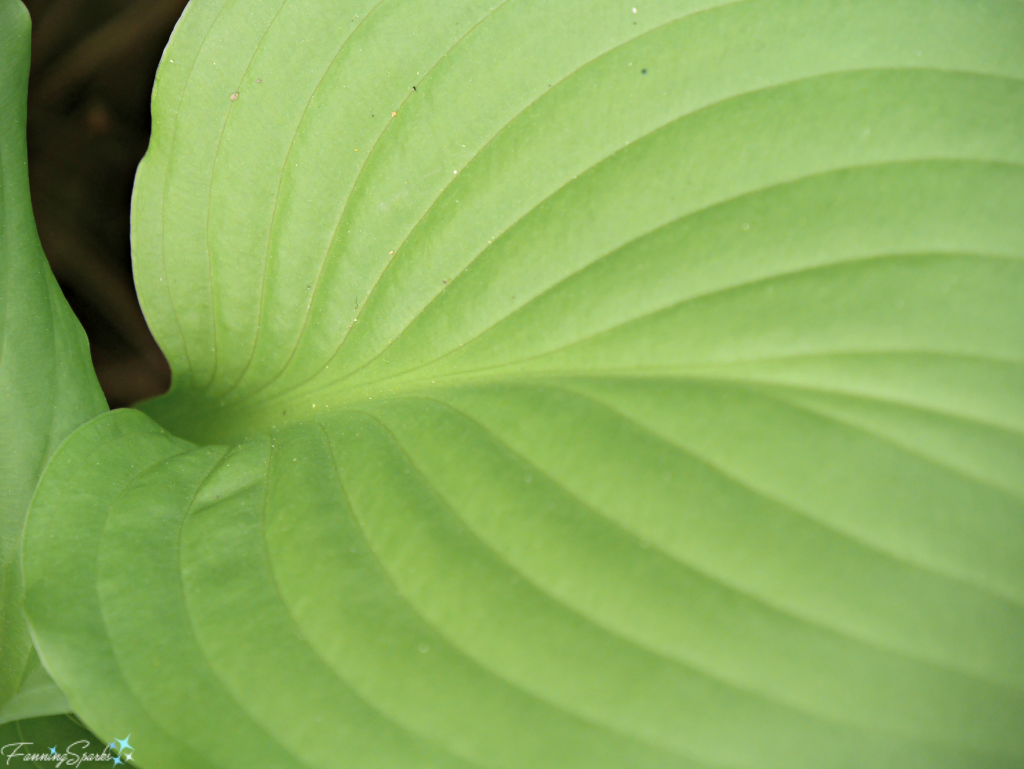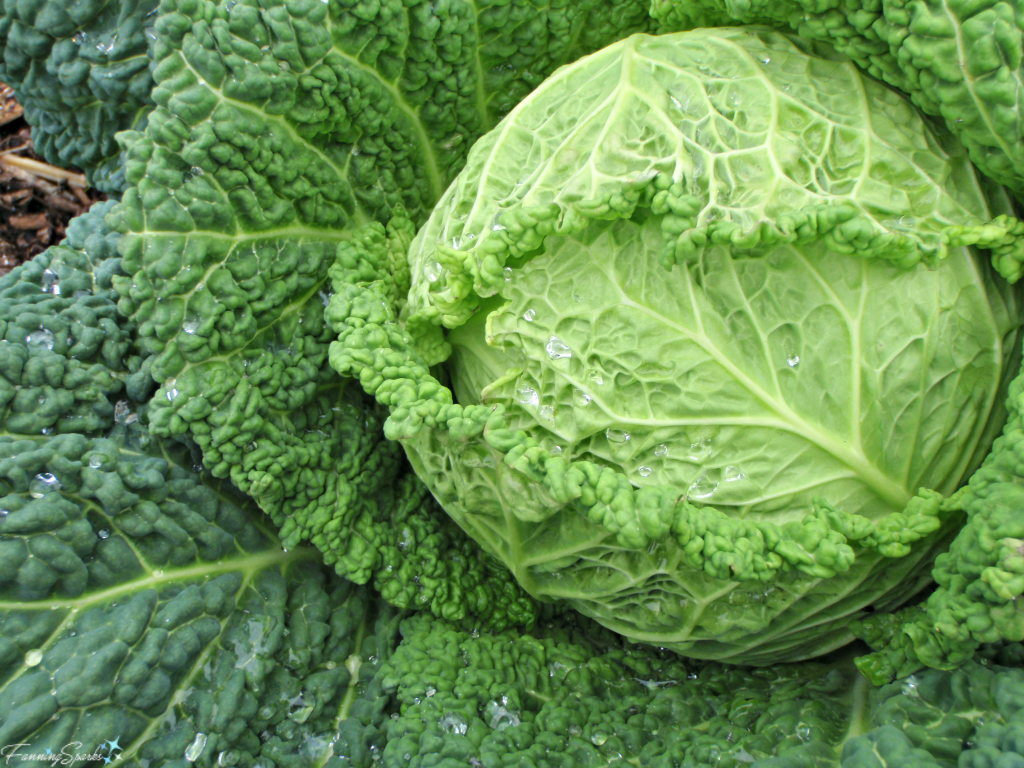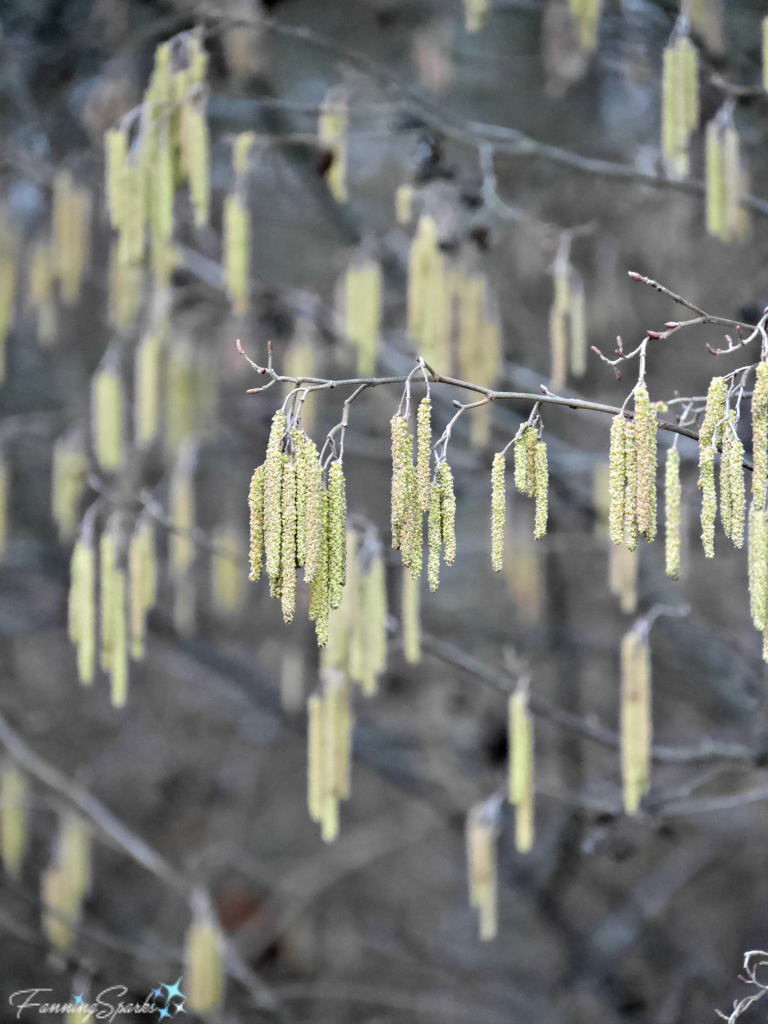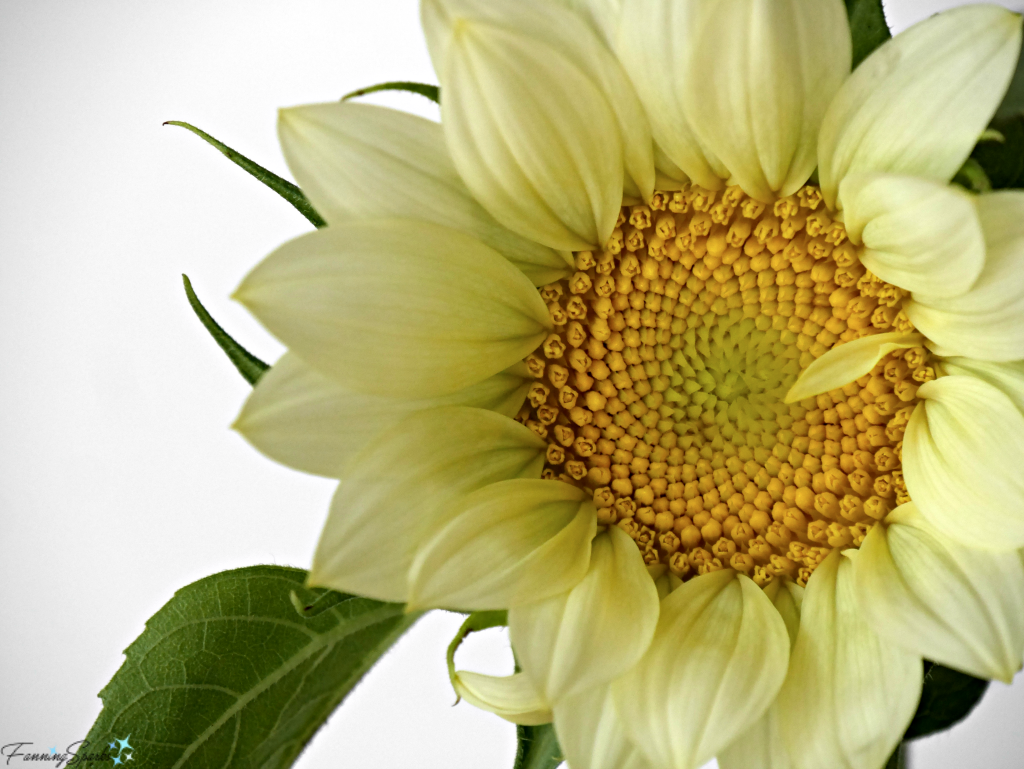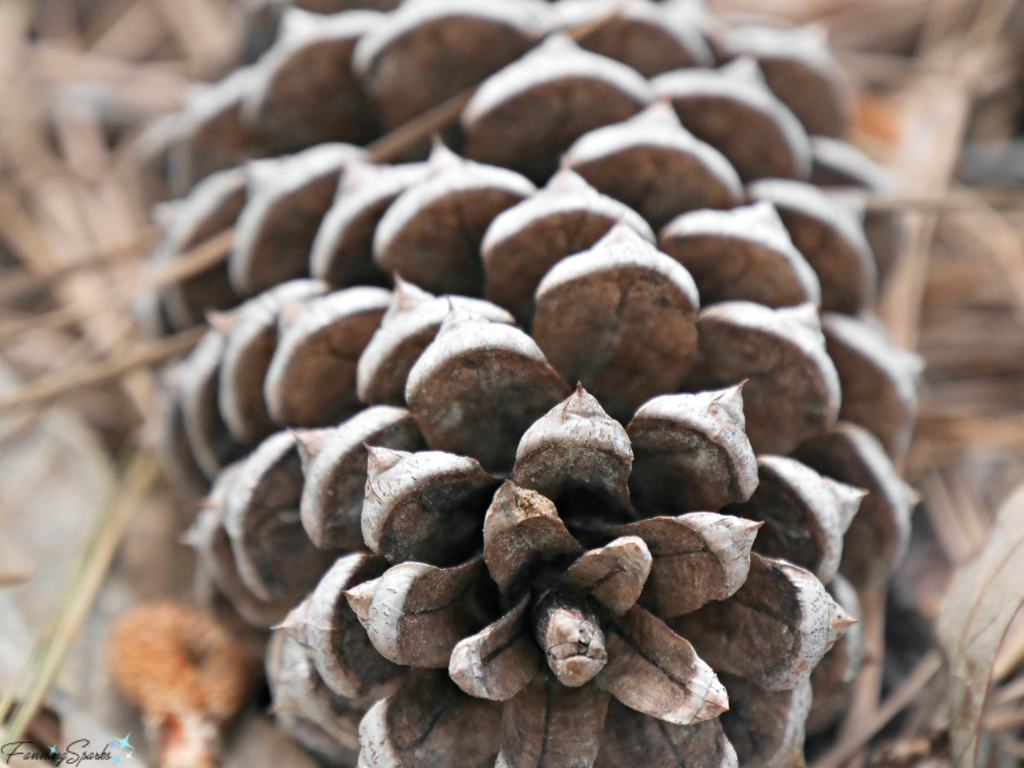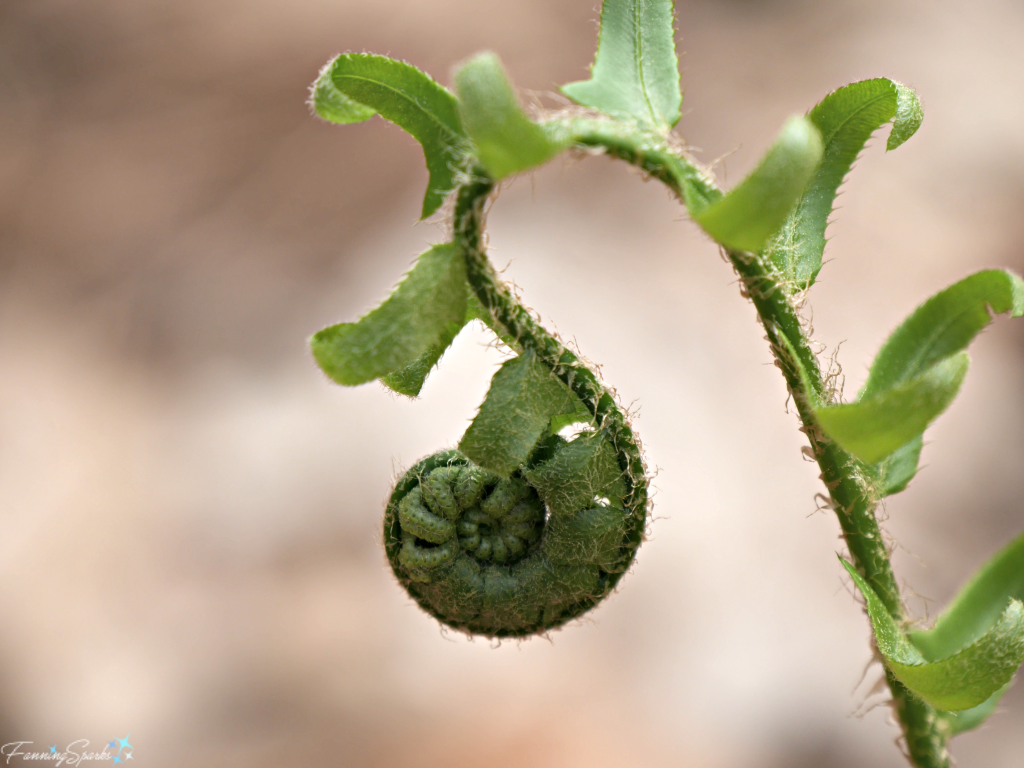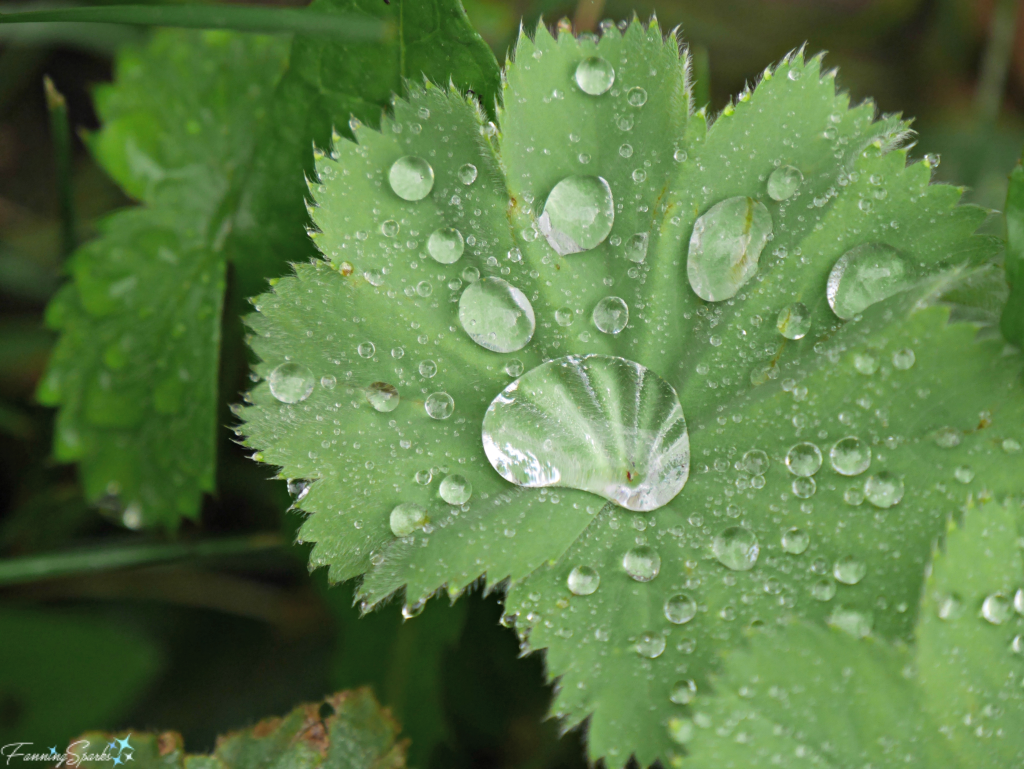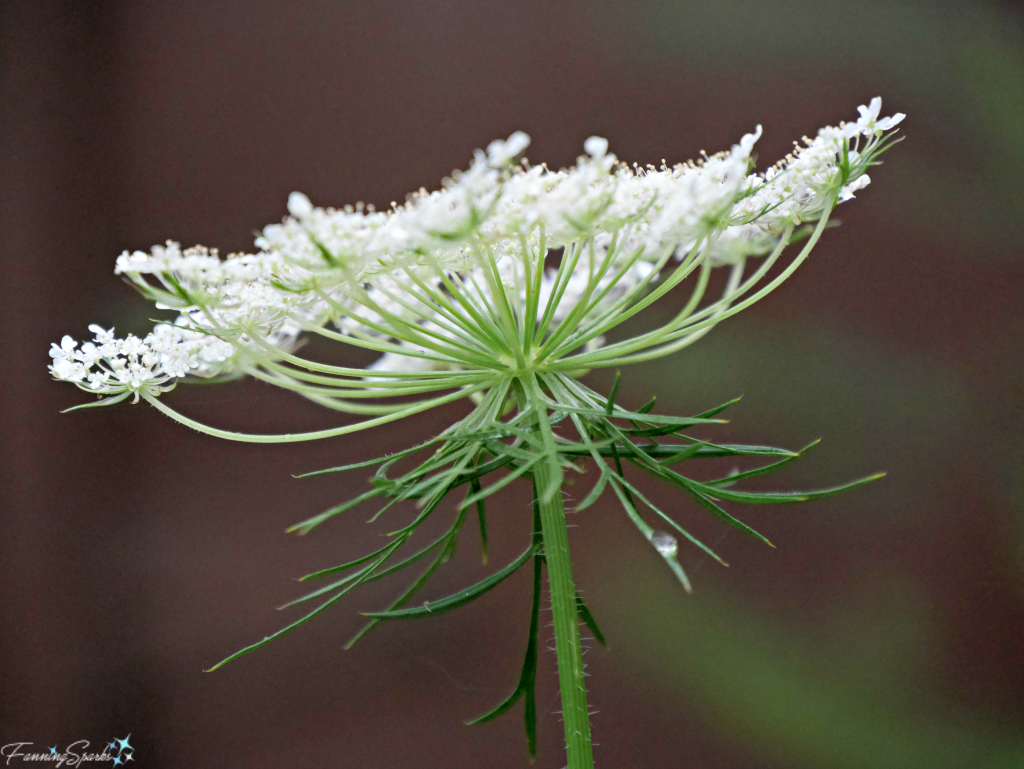Is there anything more fascinating than peeking behind the curtain at the world of a talented artist? Seeing where they work. Observing their surroundings. Learning about their backgrounds and motivations. Understanding what originally sparked their interest. Getting a glimpse at what inspires them. Imagining yourself in their place creating world-class artwork… OK, maybe not that last part… that might be a little overly ambitious. If this piques your interest, you may want to join me on this Artist Studio Tour.
The Henderson County Open Studio Tour, held in North Carolina, supports and promotes local art. The tour, in its eighth year, was held on Sept 22 and 23, 2018. I counted 51 artists in 35 locations in this year’s tour guide. With that many artists I had to narrow down my destinations and plan my route carefully. Thankfully, the tour is very well organized. Artists were listed with enough information to help me choose. Art pods, or districts, grouped together artists that are located close together. Maps were well labelled. All of which helped me spend more time visiting and less time driving. Not that driving around Henderson County is a hardship! Henderson County, located in the Blue Ridge Mountains of southwestern North Carolina, is a beautiful area.
As it turns out, I had the pleasure of visiting over 15 studios over two days. I deliberately chose a mix of mediums and styles including ceramics, fiber, glass, jewelry, mixed media, painting, photography, sculpture and woodworking. Every artist was friendly and welcoming. All the artwork was thoughtful, innovative and high caliber. I wish I could share photos from every studio I visited but that would, of course, not be practical. Instead I’ve chosen to focus on 3 of the talented artists I met so you too can peek behind the studio curtain.
Walt Cottingham’s studio is tucked away in his old family home overlooking a wooded mountain side in Zirconia, NC. The studio is surrounded by nature which obviously inspires his work. He makes one-of-a-kind birdhouses from natural and reclaimed wood.

Walt originally learned to work with wood by helping his father with carpentry work around their home. He went on to learn from other craftsmen and carpenters. But he credits the groundwork laid by his father for inspiring him to build his own home. His use of natural and reclaimed materials, which is at the heart of his craft today, also played a big role in the house he built.
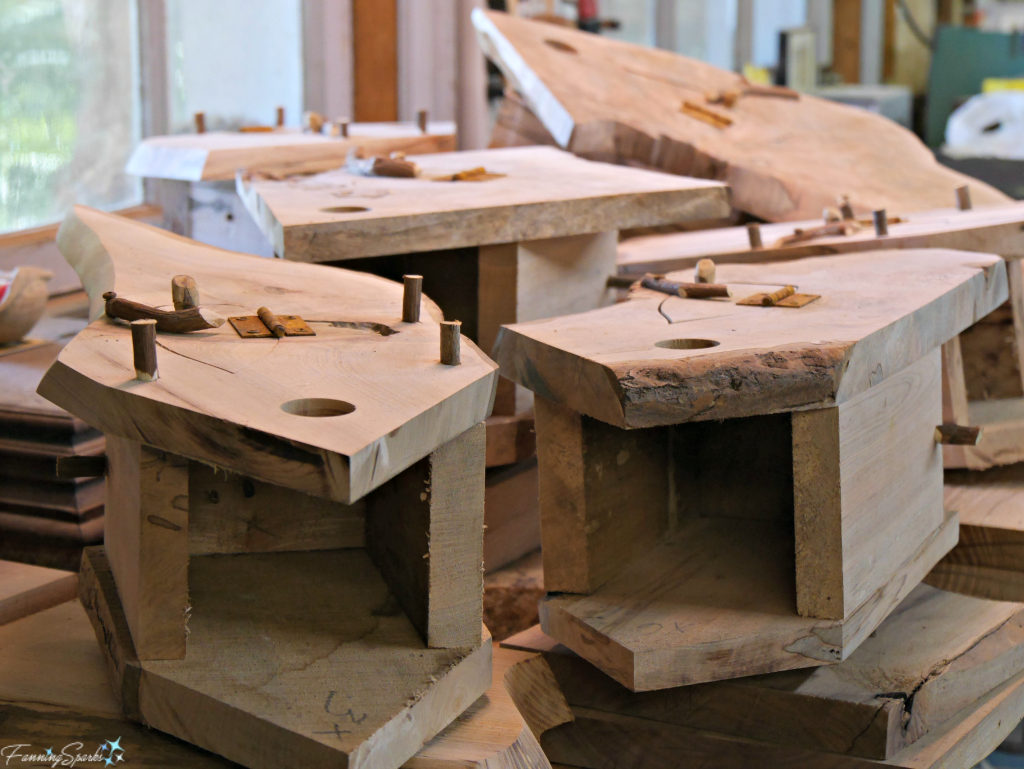
Walt’s birdhouses are built to the preferred size and shape of various bird species. But that’s where the predictability ends. Every birdhouse is a work of art. Walt told me the wood itself inspires the character and features of the finished piece and his goal is to reflect what he sees in the wood.
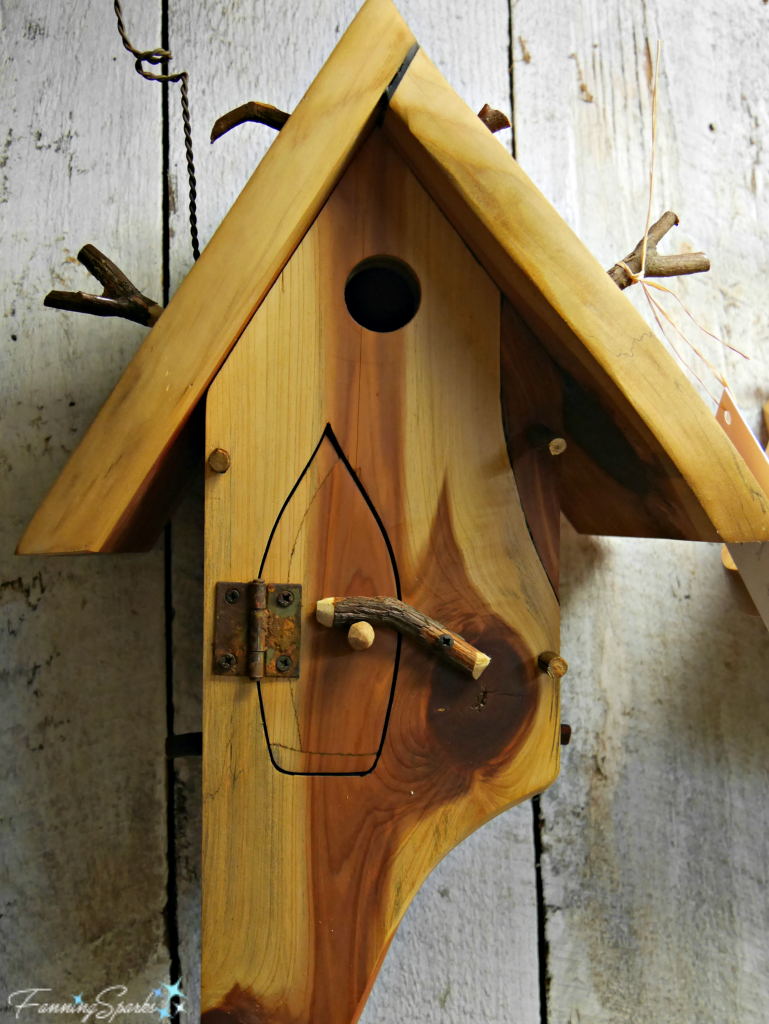
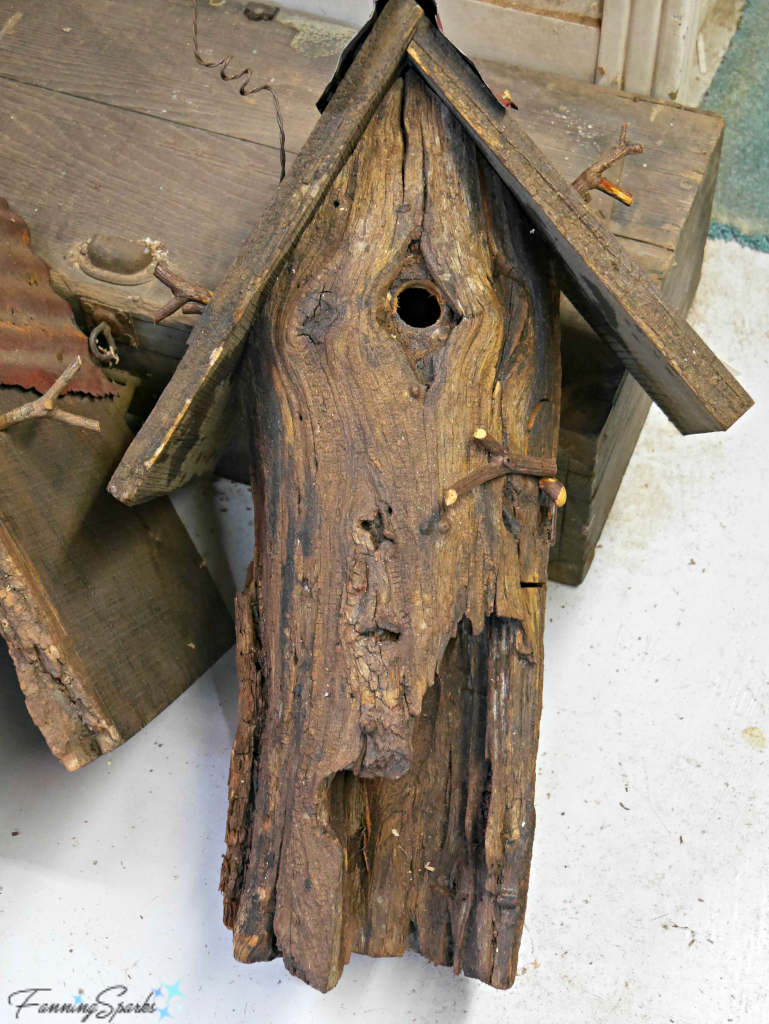
Cat Martin’s studio is newly constructed. It’s a dream studio… white and bright, big windows, flooded with natural light… the perfect place for someone who creates with glass. Cat’s studio was filled with examples of her beautiful artwork. It was a pleasure to stroll around and soak it all in.
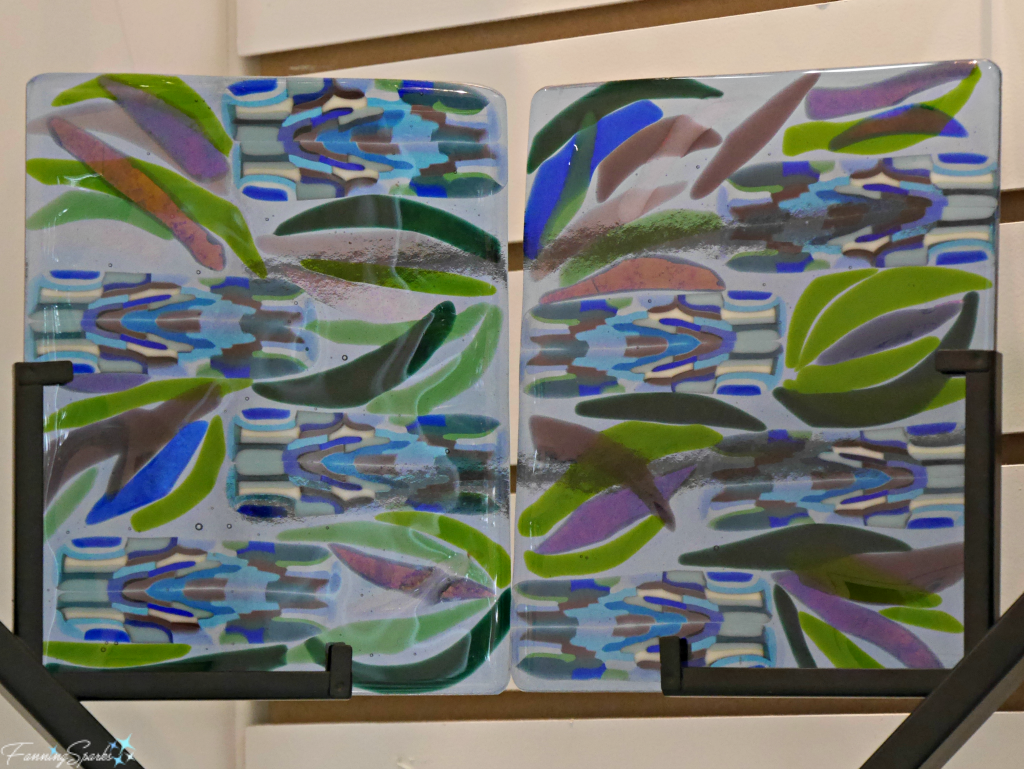
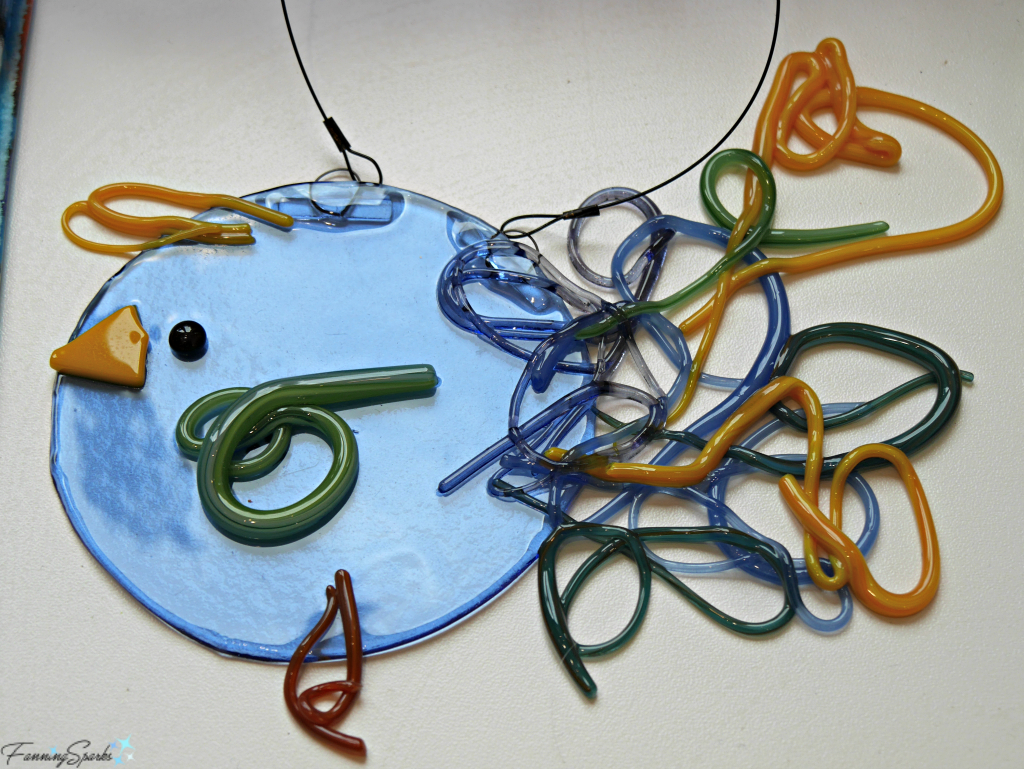
Dec 18, 2018 Update: The below fused glass pendants and earrings inspired a new holiday version of my favorite DIY Woven Statement Necklace. Check out the post Add a Little Sparkle to see the results and learn how to make one.
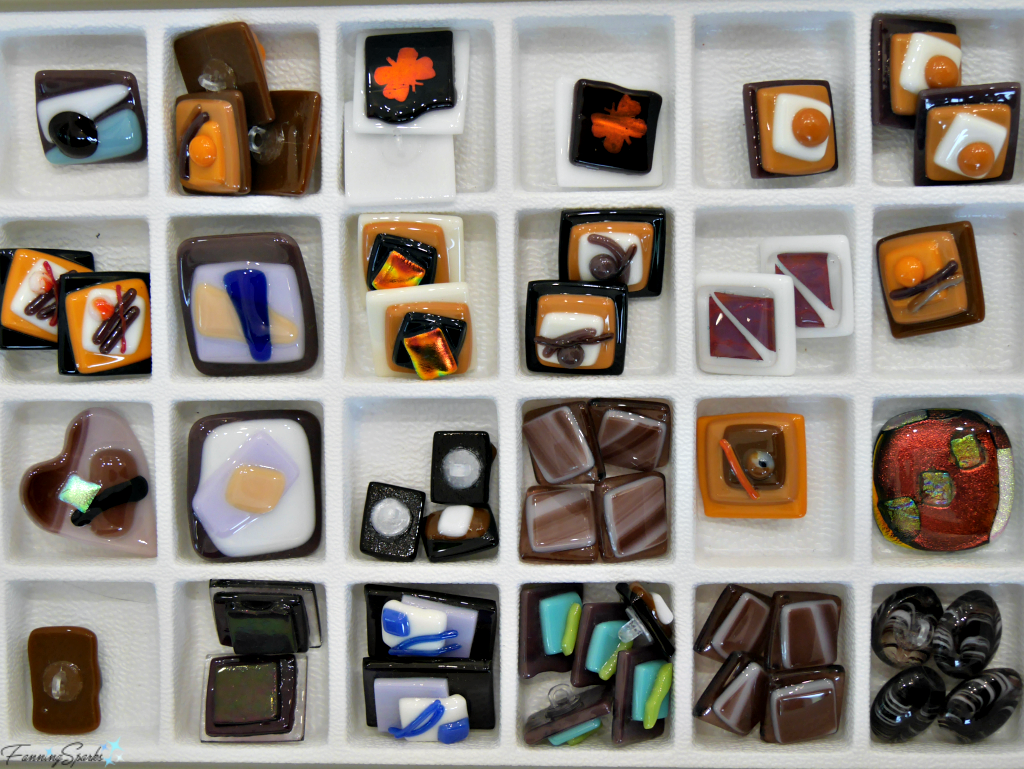
Cat took the time to educate her visitors on some fused glass techniques. She thoughtfully shared some projects that were in process like this one with parallel bars.
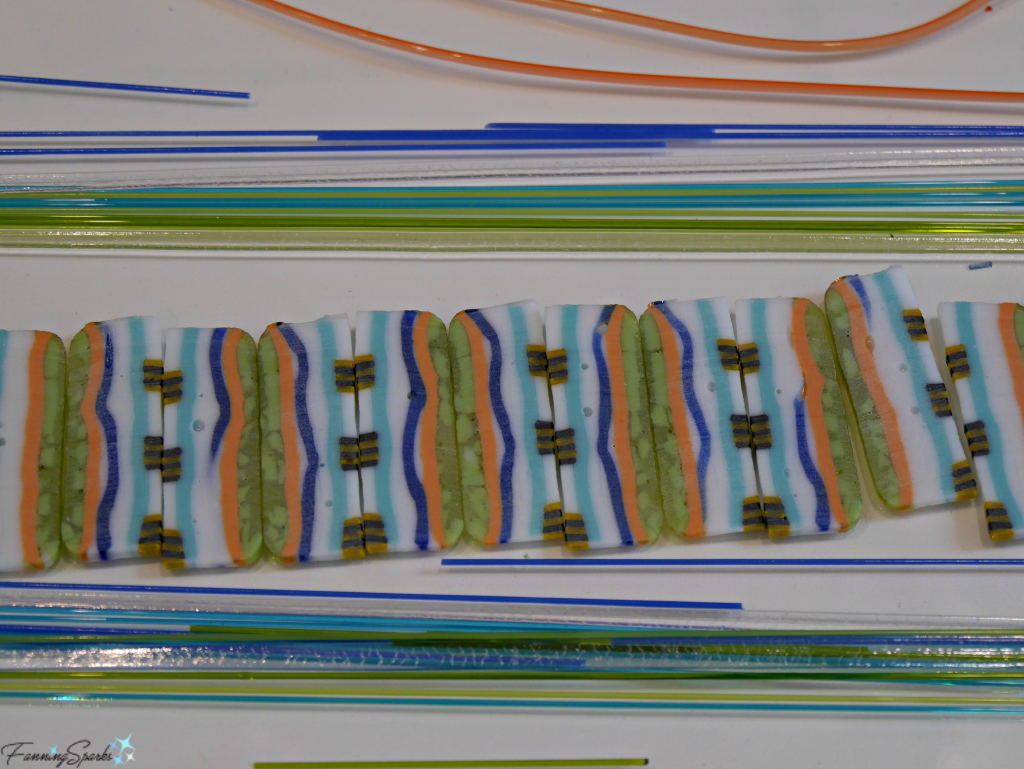
Cat also demonstrated the making of vitrigraph which she will incorporate into her glass designs. It is made by melting scraps of glass in a terracotta plant pot. Once melted, the glass can be pulled through the drainage hole in the bottom of the pot. Cat slowly pulls the vitrigraph into interesting twists and shapes as it cools.
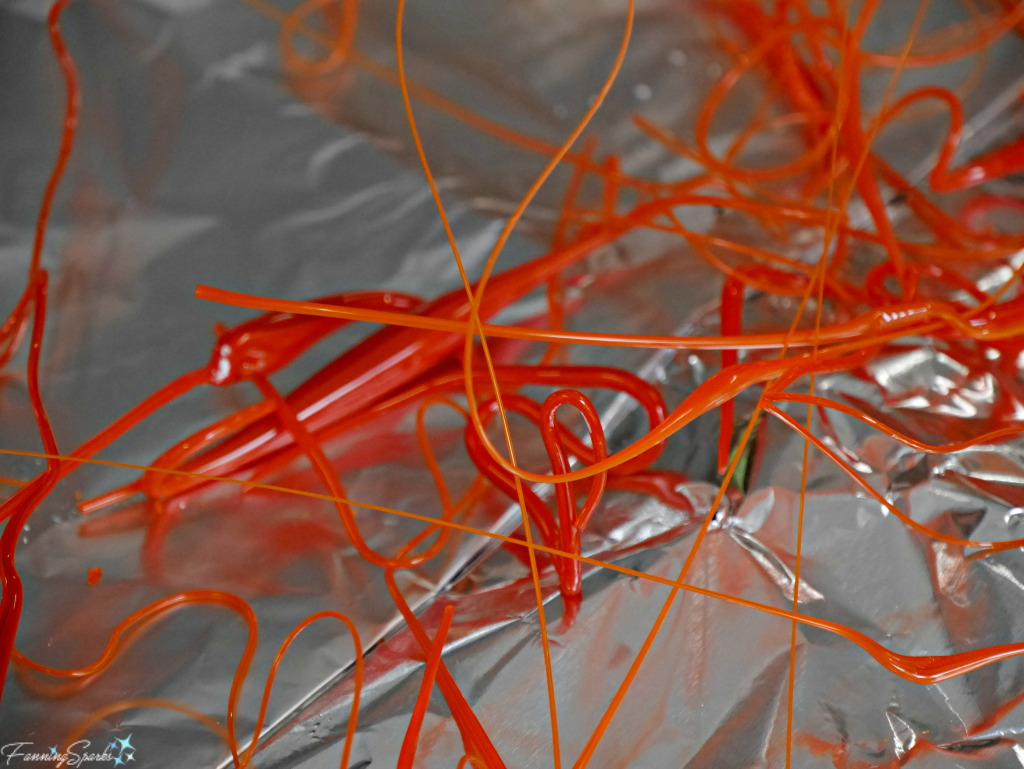
MaryJo Lanik’s studio, The Wool Room, is located in historic Hendersonville across the train tracks from the old Hendersonville Railroad Station.
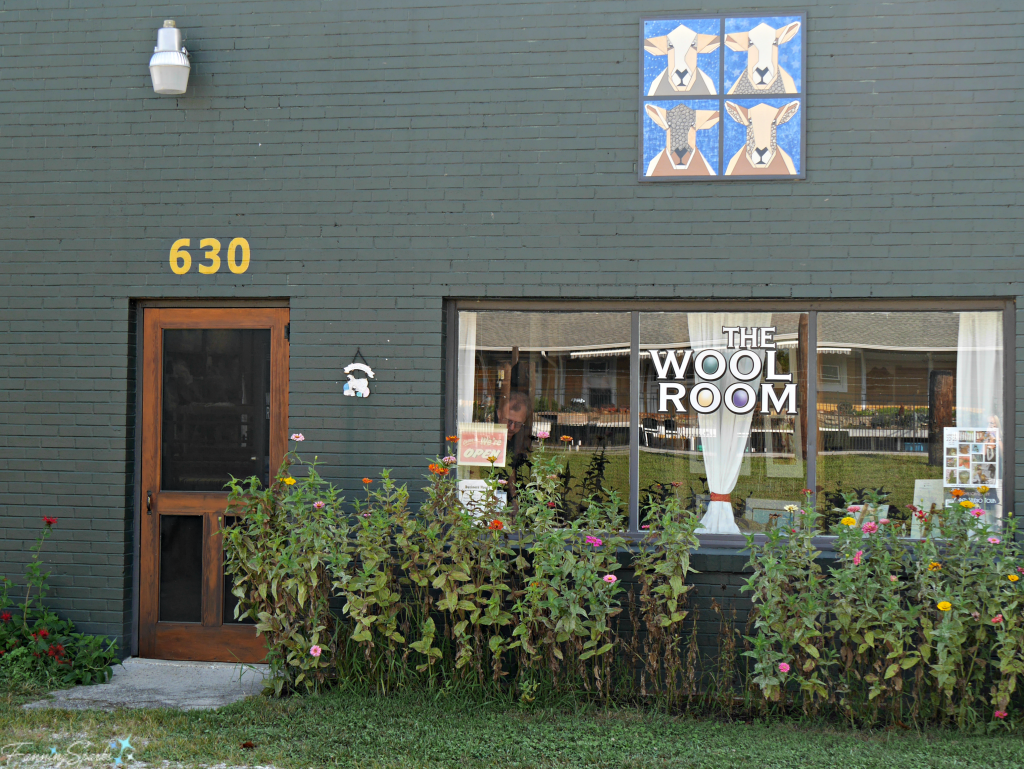
The studio is full of personality with lots of interesting tools and supplies for spinning, weaving, needle felting, knitting and crocheting. It’s a combination of shop, studio and classroom. A couple of MaryJo’s lovely hand woven rugs are shown in the photo below.
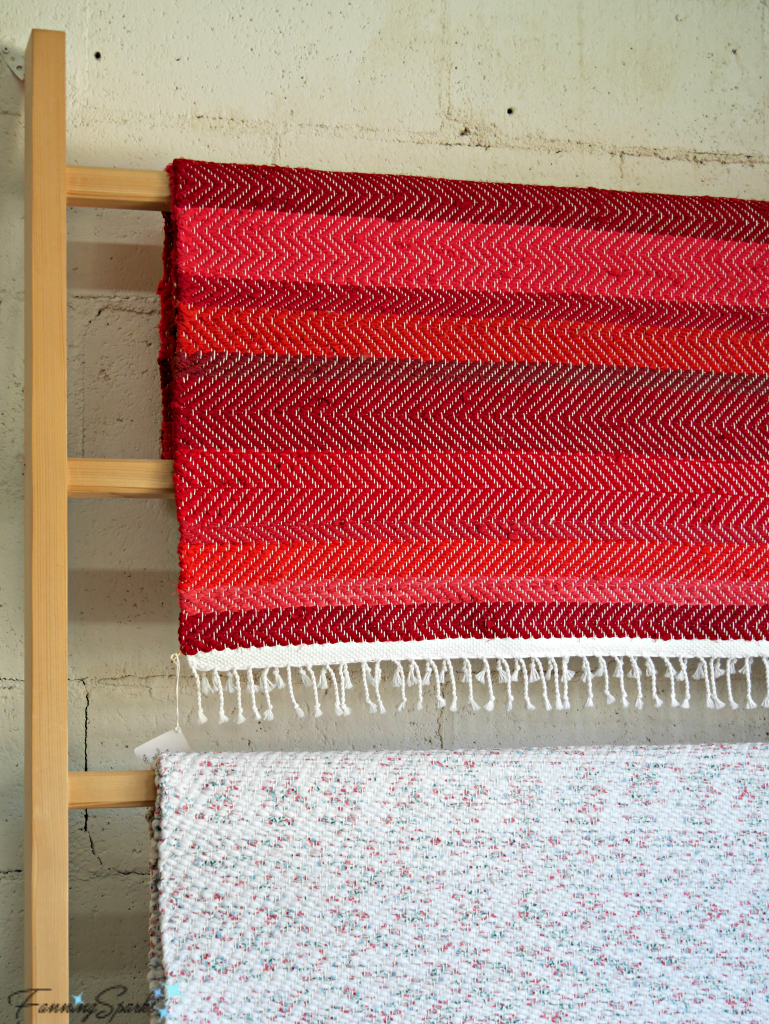
Yarns and wool, in every color imaginable, were ready for use.
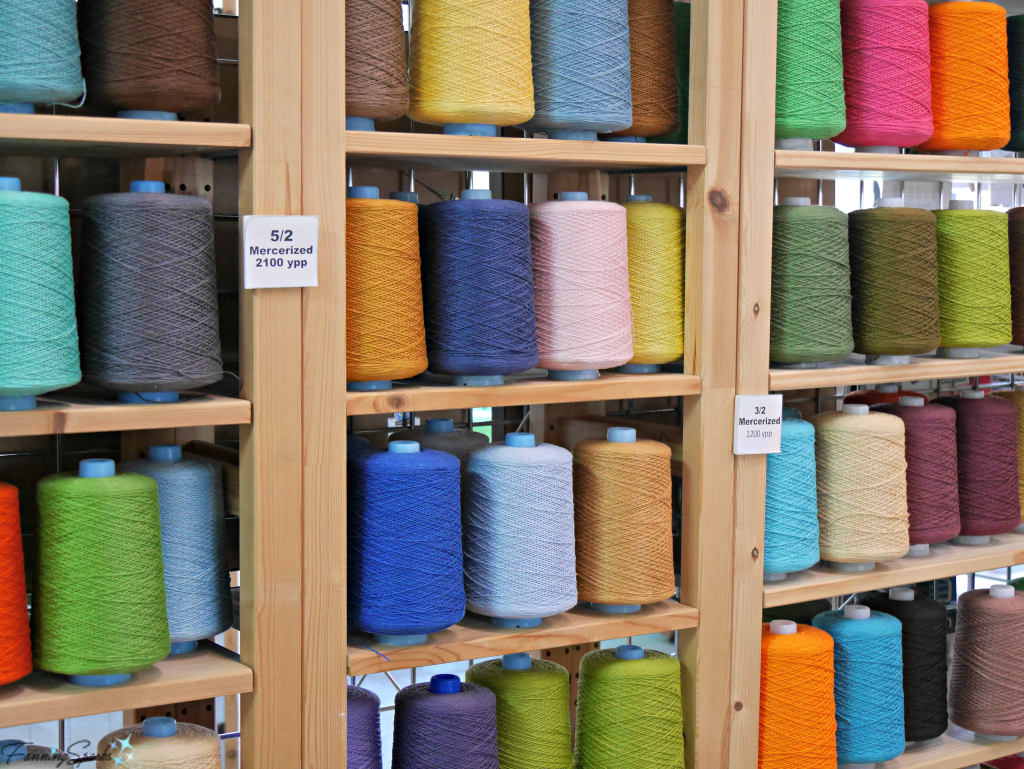
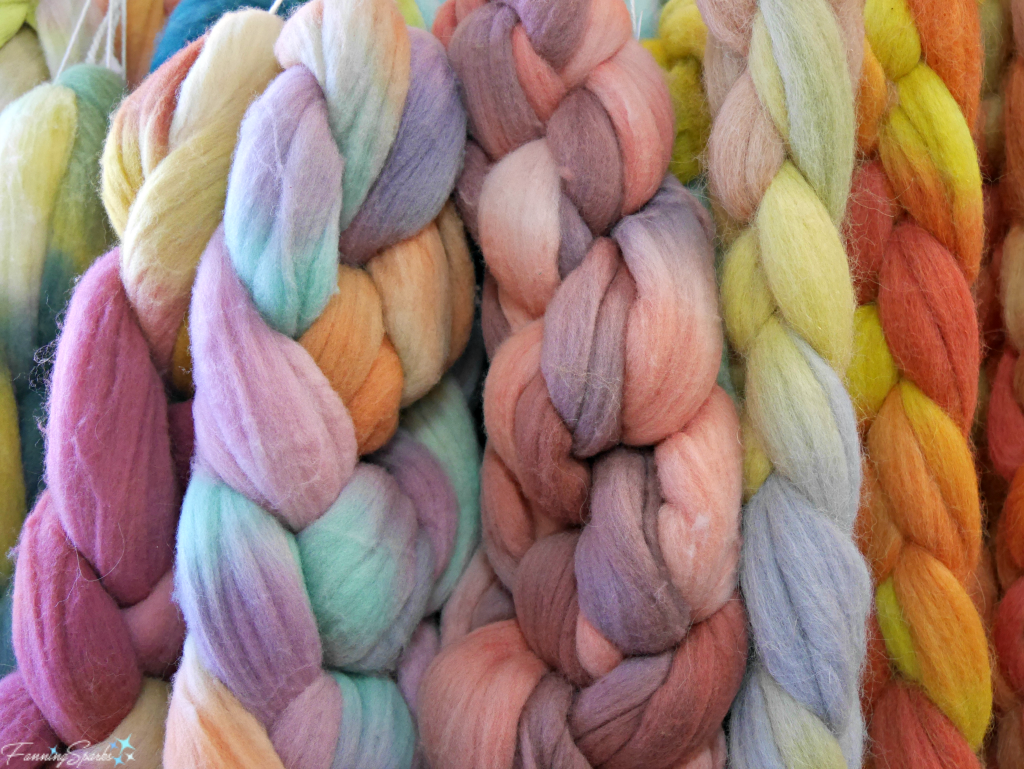
MaryJo and her husband David are charming and delightful hosts. When they learned I was originally from Nova Scotia, they shared their story of an unrealized venture that would have seen them relocating to Nova Scotia. You can read more about their story here. Another interesting fact I learned from this article, was that MaryJo was first exposed to spinning and weaving by her grandmother.
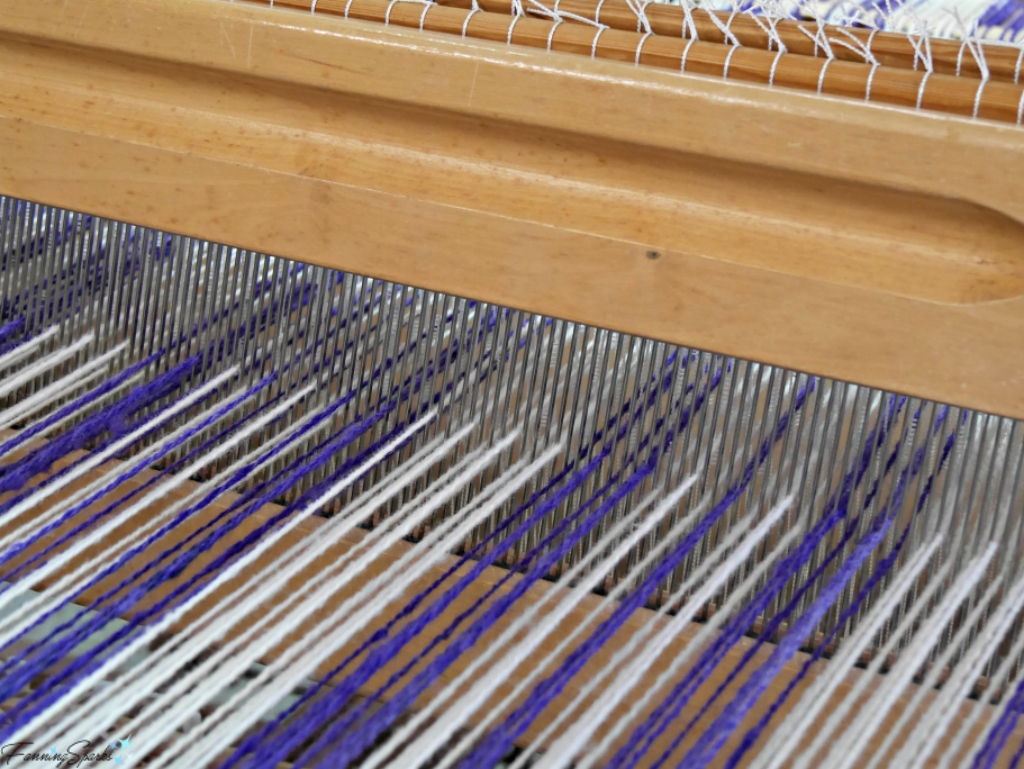
There are several looms in the studio and one was set up for visitors to try. Of course, I couldn’t resist! I didn’t create any masterpieces but I quickly learned that the rhythm of the process could become quite addictive. MaryJo was probably starting to wonder if I going to stay all day.
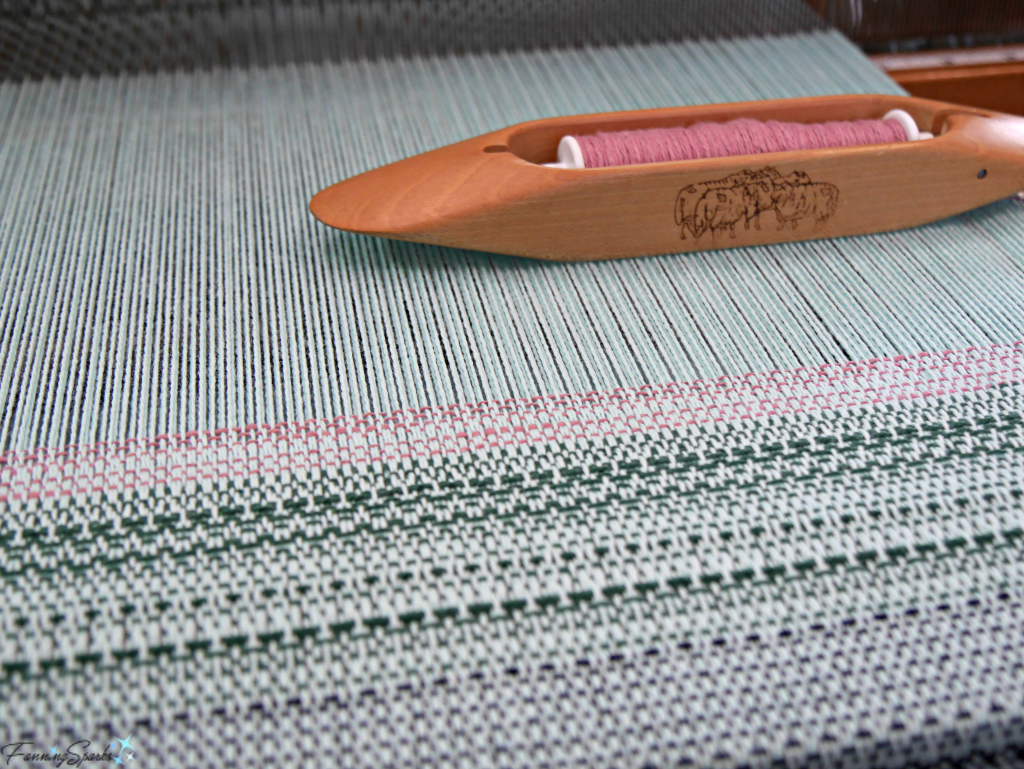
It’s fascinating to me that both Walt and MaryJo were inspired by family members. Walt’s father instilled the love of woodworking. MaryJo’s grandmother introduced her to spinning and weaving. I’ve already shared on my About page that I credit my mother with my own love of making. I wonder how prevalent this is… how often is the love of making or the passion for a particular art/craft passed down from one generation to the next? Are we doing enough to ensure this continues to happen?
I met several wonderful artists during this tour including Chris Ray, Melinda Lawton, Jean Greeson, Suzanne Cancilla-Fox, Jo-Ann Jensen, Beverly Kies, Mary Mason, Rebekah & Rex Ellsworth, April Johnson and Jeff Miller. Special thanks to you and all the other Henderson County artists for generously opening your studios and sharing your stories.
More Info
You can learn more about the Henderson County Open Studio Tour at www.hcost.org.
Unfortunately, I’ve never been able to find a single reference source listing artist studio tours so you may have to do a little research to find others. Try searching for “open studio tour” in your area. If you do happen to know of any comprehensive online resources, I’d love to hear about it. Please share in the comments section.
Here is contact information for the artists highlighted in this post. If anyone has additions or changes, please feel free to share via comments.
Walt Cottingham; Zirconia, NC; wcottjr@yahoo.com; mentioned here
Cat Martin; Horse Shoe, NC; CatMartinGlassArt@hotmail.com
MaryJo Lanik; Hendersonville, NC; The Wool Room website; mentioned: here
Dec 18 2018 Update: See the post, Add a Little Sparkle, for more of Cat Martin’s beautiful glass work.
Today’s Takeaways
- Take part in an artist studio tour to peek behind the curtain at the world of a talented artist.
- Consider supporting local artists and craftspeople through participation in their events and purchase of their products.
- Consider if there is knowledge of an art or craft you could learn from and/or hand down to members of your family.


